paea
now browsing by tag
Highlighting the Positive of Covid Lesson Planning: Finding the Convergence of Content and SEL
Blog post written by Region 11 Representative, Holly Meade

Holly Meade is a Middle School Visual Arts teacher at Downingtown Middle School. She has a BFA, M.Ed in Childhood Development, and additional certifications in ESL and SEL. Region 11 PAEA rep
I am currently teaching virtually, predicted to soon to be hybrid, but anticipating anything can happen and probably will, going back with 2-days notice, wearing a hazmat suit to class, anything. I counted the amount of times I heard the word fluid during a zoom meeting, 9. Fluid is the new moist, the word is dead to me now, a Covid vocabulary casualty, joining unprecedented. As an attendance check-in, I asked my students to describe 2020 in one word, here are some responses: canceled, oof, oop, crazy, disaster, worst (most popular answer), exhausting, my personal favorite… dumpster-fire (I let that slide as one word), luckily no one used unprecedented. Whatever word you choose to describe what’s going on right now, it’s stressful and become more important than ever that we create a space that’s welcoming, supportive, and safe. An environment where content connects rigor and engagement with social and emotional learning (SEL). A meaningful convergence.
Art teachers are naturals at creating projects which spark joy, are hands-on, engage students authentically and our lesson design process naturally fits into the UbD format. Many school districts are imparting SEL into advisory blocks or guidance department lead lessons, but how do make this sustainable and creatively connect the SEL and content in an authentic way.
You can build upon what your district or individual school has been spotlighting or reinforce it. Many schools are focusing on self-management which is regulating emotions and managing stress. I examined my curriculum and lessons that I would be doing if we were in person and adjusted the content to converge with SEL domains that were not already being covered by school mandated lessons, like stress management. On a side note, I’m not managing my stress well, so I didn’t feel this was a skill I could model at this moment. I do not see recreating lessons as additional work, I see it as an opportunity to examine what is important to creating a safe supportive space that supports social and emotional learning while not sacrificing content or rigor. The examination gave me the opportunity to work SEL into the content lessons in a meaningful way. For example, when reflecting upon the dumpster fire (now one word) that is happening around us. I looked at my own children and how they were feeling powerless and without a meaningful voice. This prompted me to recreate a unit called Artists and Identity and add Voice to the mix. I found it manageable to re-create my content by highlighting just 2 of the 5 SEL domains, self-awareness, and social awareness. Because of the change in teaching format to virtual, I had to recreate how I am delivering content anyway, and when (if) we return to in-person learning, who knows what sharing supplies will look like, so it is great timing for an update. Yes, I found one positive in 2020 lesson planning. Using essential questions that tie emotions with content is another way to practice and model SEL skills while building connections.
Art is empowering. Teaching and modeling how artists use their voice for change and to highlight social issues has been amazing. We are making connections of voice and historical context using Dorothea Lange to the NBA uniforms and the work of a local artist, Russell Craig. I wish I had always given them more opportunity for discussion! We often underestimate how much our students are paying attention to the events of the world and their ability to talk about it. But like Mr. Rodgers said, “Anything human is mentionable and anything mentionable is manageable.” Taking time to create a safe, supportive space is essential for building an environment where students can connect and discuss challenging feelings, which teaches, models, and gives students an opportunity to practice SEL skills like empathy. We do need to evaluate our environments and do everything with compassion. Not just in Covid class, always in our class.
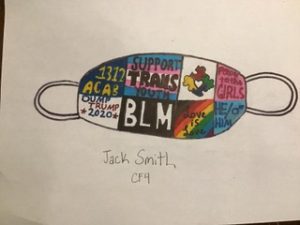
Intro design project building voice, identity, and empathy by letting others see our voice and letting someone else into your world
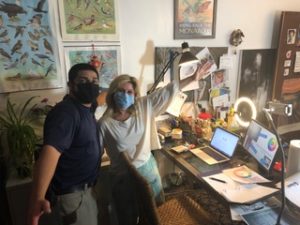
Embracing the chaos with the Comcast technician 20 minutes before hosting virtual Back-to-School Night
Creating Connections in the Virtual Art Classroom
Blog Entry By Leslie C. Sotomayor
Art empowers us to interconnect through diversified ways of thinking and creating meaning for our humanity and communities. Art facilitates creative ways for engagement and navigating difficult issues, emotions, and well being. How can we reimagine the arts towards social change in different ways through art education and virtual worlds? As I reflect in the midst of so much chaos in the U.S. with a pandemic and an increase of social unrest, I believe we are in an opportune time as artists and educators to create meaningful change and disrupt the traditional troupes of what art education is and can be.
As I taught for the sixth summer with the Upward Bound Program it was a very different experience via a virtual realm with no physical studio space. I had to develop ways to create a meaningful curriculum for students in the arts that was interdisciplinary and accessible. All of the students were afforded an art box with basic art materials and a laptop with a camera for virtual meetings. I decided to center my curriculum on the work of Puerto Rican artist Soraida Martinez http://www.soraida.com and the theorizing she coined titled verdadism. Verdad is the Spanish word for truth and ism is the suffix that means the theorizing of an idea or concept. Martinez’s theorizing and work stems from a place of grappling with her own identity and history as a woman of color who did not fit into any one category neatly and grew tired of underrepresented artwork in the United States being diminished and undervalued within the art world. She chose to challenge and resist traditional norms in the art world by creating her own genre of work. Martinez confronted the racist and sexist social issues and microaggressions she experienced and witnessed as she paints abstract images and activates a new language for herself through verdadism. Martinez paints and juxtaposes her paintings with a title and text that is showcased together to contextualize the art pieces and position her art into the world in the way in which she deems necessary addressing social and everyday issues as a Puerto Rican woman. Martinez developed this style to stand in her truth and theorize about her art in ways that are meaningful to her, from the inside out.
As I introduced Upward Bound high school students to the work of Soraida Martinez I layered the idea of art and language with improvisations for curious art-making. What I mean by this is a simple yet often overlooked component of being intentional about meeting each student where they are in their creative process and allow for that point to serve as a place for engagement and creative processes. For example, one student created a symbol around a concept for an initiative that was sparked by the Star Wars movie series. He created meaning with his symbology in the design and color palette theorizing about who would use the symbol and why in his imagined team for social justice (see image 1). I share here various examples of student’s artwork in a variety of ways all done via virtual teaching, discussions, and documentation of creative processes (see images 2 and 3 below). What I have learned throughout this process is that meaningful connections through virtual spaces are more than possible and offer new ways of thinking and implementing new forms of knowledge production in art education.
High School student created a motif symbol of a team initiative as a new branch of Star Wars with a storyline (theorizing) about the history and initiative creating a team defending social justice.
Another student combined her interest in digital photography and poetry by writing a series of three poems, translated into Spanish, and taking photos in her house of staged scenes and editing the photographs on her laptop.
Another Student created a graphic novel in English and together we translated the graphic novel into Spanish for bilingual readers. See more here: https://twitter.com/hashtag/TransformacionesClubdeGatos?src=hashtag_click
Leslie Sotomayor received a Dual PhD in Art Education and Women’s Studies in 2020. She is an Assistant Professor in Art Education at Edinboro University of Pennsylvania.
I’ve been teaching for a while now . . .what’s next?
I’ve been teaching for a while now . . .what’s next?
Discovering what opportunities exist for Art Educators when considering Master’s Programs.
So you have been teaching for a while now and you are considering what is next? For many of us, teaching is a way of life, and seeking ways to better our practice is simply intuitive. But deciding the best way to acquire that learning and what those extra steps will do in the long run can be difficult to answer. My name is Ben Hoffman and I am the Visual Arts Teacher at Kutztown Area High School. Since graduating from Kutztown University in 2015, my journey has taken me to Philadelphia, Baltimore, and back. I have been incredibly fortunate to teach and work in museum settings, galleries, community arts centers, summer arts programs, and public-school settings. In addition to my range of experiences in teaching, I currently serve as the PAEA Region10 Representative as well as chairman of the Kutztown University Arts Society.
As an Art Educator, you are equipped with far many more talents and experiences than what our certification deems. Teaching K-12 is merely one of the many rewarding opportunities that we have available. This past year, I successfully completed my fourth year at Kutztown Area High School as well as graduated with my Master’s in Art Education from Kutztown University. For many of us, working towards our Master’s in Education is often most appropriate and considered an acceptable pathway when pursuing our Level II Certification. Unlike my undergrad experience, the courses in my Master’s program were directly driven to my pedagogy and helped enrich the quality of my program. Much of any undergraduate program is directed towards the understanding of pedagogy and curriculum while my time as a graduate student applied that theory to practice. From rewriting curriculum, developing new courses, embodying a new mindset for teaching, and advocating for our growing program, my experience as a graduate student was unbelievable.
Regardless of the path that you may take, it goes without saying that it will take time and energy. I was highly motivated to learn just as much as I wanted to move up on the pay scale. But just recently, I stood at the crossroads of no school and yearning that desire to continue to grow. This is when I then contemplated other master’s programs and even my doctorate. Now that I have my Master’s In Art Education, what more can I do?
Connecting with people and establishing those relationships is the foundational piece to making any impact. Now having my Masters in Art Education, I am considered qualified to teach in non-traditional settings, serve as a nonprofit program director or even an instructional designer. Each of these professions seemed equally interesting, but I still wanted to know what more was available. This is when I stumbled upon a Master of Arts in Arts Administration. Unlike the education world, Arts Administration extends opportunities to individuals who are equally as dedicated, talented, and passionate as the artists and audiences they support.
The nonprofit arts sector generates nearly $170 billion in economic activity each year according to the America for the Arts economic impact study. Because of this economic and political impact, the public sector, arts, and cultural organizations are increasingly seeking trained professionals to provide vision and leadership. (Kutztown University, 2019) While teaching is one of the most rewarding fields there is the experiences that could be acquired from such a unique program that sparked my interest and felt applicable to the events our district puts on. I saw this opportunity as the key to my success in being able to learn and value the connection I share as an artist, educator, and advocate. Whether coordinating large-scale festivals, serving as a museum or gallery director or simply coordinating community events, this was the next step in my journey as an art educator.
Often a master’s program can feel daunting and overwhelming, but from my own experiences, that deep investigation of the arts and its cultural impact throughout time and across cultures have significantly impacted the person that I am today. Since graduating with my Master’s in Art Education, the excitement to grow as an educator has equally fueled my artistic practice and understanding of leadership. Furthermore, having that deepened understanding of our roots in history has helped shaped my appreciation for our field and the impact we continue to make. I would be remised to look back and appreciate all that every art educator has done to pave the groundwork for my future.
While I begin my second Master’s, I continue to question all things and continue to seek the most meaningful connections for my own classroom. While writing papers and reflecting may seem like much of any graduate program, the conversations between like-minded peers in the field are incredibly valuable. Furthermore, serving as Chairman of the Kutztown University Arts Society has challenged my own best practices and demanded that I view the Arts from a unique perspective. While teaching comes with its own set of principles and expectations, leading a group of professionals who each come with a diverse set of experiences and skills has its challenges. It is those difference and range of perspectives that cultivate a healthy and successful arts organization. It is incredibly interesting to see how my perspectives as a teacher are often valued in these new settings when working alongside those in higher education.
It is never an easy decision to make when picking a program. Every district will have different procedures and should be considered when selecting a program. I am incredibly fortunate that my district values teachers to continue their education. While loans and time may be a burden, know that there are countless opportunities and ways in which you can tailor the best program for you. I was determined to finish in three years. For others in the program, there was a range of flexibility. Some students were those who decided later in life to pursue their master’s while some students had transitioned directly from their undergraduate program full-time.
Regardless of the path that you may decide or the timeline you establish for yourself, know that you will never regret the experience. Any graduate program you choose will demand that you set aside time to work and reflect, but just as you now actively participate in PAEA, you will have no problem in accomplishing this goal. For many, just like myself, you may never know where the Arts will take you, but as long as the Arts are alive and healthy, there will be nothing but success in your future. Every story will be different. I am incredibly grateful for my experience as a graduate student and look forward to my time as an Arts Administration student.
I hope that my story inspires you to take that next step in whatever your journey has in store for you. No matter the path, the Arts will always be there as will PAEA to support you in all professional development endeavors. If you should have any questions, comments, or concerns, please do not hesitate to contact me directly. I am more than happy to extend my knowledge and support each of you in the best ways that I can. Thank you again.
Respectfully,
Benjamin E. Hoffman
Kutztown Area High School
Visual Arts Teacher
bhoffman@kasd.org
Equity, Diversity, and Inclusion- Is Art the pathway to a Cultural Utopia?
This amazing blog entry is from the PAEA ED&I chair person, Lynette Brown
Equity, Diversity, and Inclusion- Is Art the pathway to a Cultural Utopia?
(The blog consists of excerpts from my personal teacher reflections, inquiries, and presentations.)
“A cultural utopia meaning that every student has a voice in the classroom, school community, and we all (educators, too) can learn about the world by seeing, listening, and connecting to one another, (especially our students).”
As a black woman of color and art educator, every February during Black History Month, I often witness the parade of culturally conscious history and art projects throughout schools and various communities. However, for me, it is a time to reflect and delve deeper into my authentic purpose as a woman of color, artist, and art educator.
Reflections
In 2006, after spending ten years at one of the more challenging public schools in Germantown (Northwest Philadelphia) where school reform, No Child Left Behind, high stake testing and A.Y.P. (adequate yearly progress) were the only motivation for many, except students. My position as the art teacher, the last art teacher was cut as a result of the tumultuous test-driven environment. I was the last “advocate for the arts” and ambassador standing and gone were all of the art programs that once served over 1000 students. Never again at Pickett Middle School would the students paint Afro-centric murals on its walls, perform traditional African dance to the calls, sounds, and beats of distant African tribes, participate in the great theatrical performances like “Purlie” led by Mrs. Pollard and Mrs. Parkinson Hall, and the choir now silent had long sung its final gospel hymn. As the building decayed -so did the arts and its relevance as a new order of education took shape and rose in the city of Philadelphia.
I left a school that used only half of the building and a class filled with supplies and students who soared when being creative. I quickly recovered despite not knowing if the students I left behind did. I took up residency at Alternative Middle Years at James Martin (A.M.Y.) school. A.M.Y. is located in the Port Richmond section of Philadelphia and is quite a different neighborhood from Germantown, historically and culturally.
The opportunity to teach and connect with students from diverse cultures would be a new challenge and opportunity for me to grow and learn as a teacher. My excitement in the weeks leading up to September was un-containable. During my first months of teaching at A.M.Y., I enjoyed watching the social interaction of students and multicultural friendships. I can recall one late October afternoon during the occasional school social, a colleague shared the following statement, “I don’t care what happens out in the real world, I like that we have a perfect cultural utopia here at AMY.” That verbal exchange resonated with me and in me for quite a while. I now began to experience a new level of discontentment. Isn’t A.M.Y -the real world? What made A.M.Y. a cultural utopia? Where are the programs and messages that foster that cultural utopia? What did A.M.Y. have that was not present in the outside world-the real world? Does the school staff model this cultural utopia? Was my colleague seeing the whole picture? Am I missing the picture?
As time progressed the observed multicultural friendships were not enough. I questioned, looked deeper and found that the multicultural message of a perfect cultural utopia was somewhat superficial. The only “authentic” effort to learn about the world by seeing, listening, and connecting to others was being driven by the students in the halls, in the schoolyard before school, and during the lunch period. The diverse student population was only the beginning. Were we (the school staff) doing enough? Where was the share fair day at AMY, which started as a cultural exchange celebration? How could we offer our students a place and voice in the school community? Where was my place and role in regard to the students in this perfect cultural utopia? Can a cultural utopia ever exist?
In the past, I believe that designing lessons that featured the backgrounds or highlighted the history of students represented in my classroom was enough to promote student voice in the classroom. It was my way of promoting equity in the classroom to others from different cultures or ethnic backgrounds. However, through my reflection, I learned that I was presenting student identity from my perspective; it was more of my teacher voice and intent. In response to the on-sought and parade of questions, I began to include more even more culturally relevant classes on my roster and provided students with collaborative projects featuring art from many cultures and lands from a first-person perspective. I once again, as I re-framed my practice to help create a sense of “a cultural utopia”; I embarked on a journey of inquiry using visual journal projects. As I tried new things to teach authentically and created more space for students in the classroom, I began to learn the importance of student voice and it’s affect in the classroom and learning.
My Inquiry Questions
“What occurs when visual journals are used as social commentary for expressing student identity within the school?”
- Can the journaling process create a space for student culture and voice inside the classroom?
- How can I promote more authenticity and originality in student response in their journaling?
- Can exploring identity issues through art journals in the classroom lead to increased student engagement and self- esteem?
- Will the inquiry in my class elicit the type of expression needed for me to learn about who my students really are?
- What is my role in fostering a safe environment to create personal art and expression?
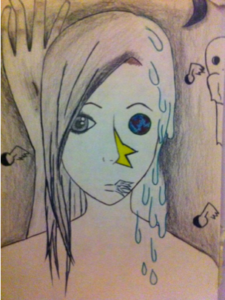
As Mark Berger states in the Culture of Quality chapter in Going Public… “…Elements that have nothing to do with curriculum have the most profound effect on the lives of children… These things are every bit as important as the curriculum.” How can we allow our students voices of identity into the school and class dialogue?
Visual Journal Project Overview
Sampling of Visual Journal Lessons:
- I Am, I Am Not T-shirts
- The Power of Words Illustrations
- Self Portrait with I Am Poem
Through the visual journal project, my students addressed themes such as bullying, prejudices, gender roles in their family, in their culture and the United States, along with the other concerns and issues that adolescents face from other parts of the world. The students discussed their journal projects (visual drawings, interviews, photographs, poetry, narrative writing, research information, etc.) and displayed the art in a final project exhibition for the school-wide community to view.
The purpose of journaling is to record, reflect, or envision, problem-solve, and purge. For years, I have used journals to transition, settle students down, begin a lesson, assess student learning and development, offer an opportunity for students to make mistakes, provide reflection, and deep thought. As years passed, journaling evolved into a larger role in my instruction, teaching, and student learning. I have unexpectedly learned so much about my students’ outside life and thoughts through journals. Often, through student journals that I have had a glimpse into my students’ true identities.
My Conclusions
Students serve as the best authorities on telling their stories. So often, others speak to and for students and make assumptions on what the students’ realities and communities are like to the larger world. As an educator, I learn best from my students firsthand. A cultural utopia meaning that every student has a voice in the classroom, school community, and we all (educators too) can learn about the world by seeing, listening, and connecting to one another, (especially our students). In this cultural utopia, there is respect for learning about the world and one another’s world through inquiry. Seeing our students’ cultural capital allows for valuable learning experiences in the art room and work towards promoting inclusion. This is a way of understanding our students come to our art classrooms with a plethora of valid and valuable experiences, traditions, and knowledge. As every September and February approaches, I once again have recaptured that un-containable excitement knowing that a culturally relevant classroom driven by my diverse student population can move A.M.Y. closer to a cultural utopia.
By Lynette Doreen Brown
Art Teacher, Philadelphia School District
M.ED, N.B.C.T.,
Equity, P.A.E.A. Diversity, and Inclusion Committee, Chairperson
Anew Coming into View
Blog Post by:
Carrie Nordlund, PhD
Kutztown University of Pennsylvania
Another year is coming into view and we too are ceaselessly in a state of becoming (Unrath & Nordlund, 2009). The term epiphany is a Greek derivative meaning to come into view (McDonald, 2008). Some new year’s resolutions come into view from epiphanies, profound illuminations of experiences with subsequent and emergent crystalizing moments of self-identity (Nordlund, 2019). As we usher in a new year, we can revisit the crystalizing moments we have cherished and open ourselves to what may come further into view. We may also recall challenges as we attribute meaning to the past year, those paralyzing moments of the past. Yet, these too offer us opportunities to recommit our efforts in becoming our best selves. The new year brings into view potentiality, to become anew.
The new year can pose uncertainty. One way to take in hand the feelings associated with uncertainty is to start to recognize epiphanies, with their consequential understandings of our deeply held certainties and feelings about self and the world, often ensue after periods of inner turmoil including states of anxiety and depression (Denzen, 1989, 1990; Jensen, 1999; McDonald, 2008; Miller, W.R. & C’de Baca, 2001; Pyne, 2014). Jarvis (1997) defined epiphany as “sudden discontinuous change, leading to profound, positive, and enduring transformation through reconfiguration of an individual’s most deeply held beliefs about self and the world” (p. v). When we are called to deeply feel and consider, we have reconfiguration available to us to see and be anew.
How might we arrive at reconfiguration in the new year? To follow, I offer some strategies affording reflection and reconfiguration. In the past, I have facilitated these three strategies for and with K-12 students, preservice art educators and myself via action research aimed at working on being the best self I can be.
My Personal Art History
The first strategy, “My Personal Art History”, offers a means to consider how might we better recognize our relationship with art and if necessary, reconfigure our aesthetic code during the new year.
Carrie Miller, Artist Educator, North Schuylkill Elementary School
Identities are constructed artifacts. We tend to teach from what we know. Our past experiences with art and art education partly construct our present and future beliefs about art and art pedagogy. What journey brought you to the creating artist and becoming teacher you are today? What is your personal art story?
Reflect on your child and adult art story, aesthetic experiences of the past and blossoming abilities in and with art. Visually describe any crystallizing and paralyzing moments during your explorations with art. Recreate in a timeline of visual expressions and metaphors of this art history starting from your earliest memories to now, 2020. The timeline leads to you to defining a future aesthetic code.
Postcard Moments
The second strategy, “Postcard Moments”, offers a means to consider sudden, turning point moments of epiphanies that provoke transformation of our conventions (Miller & C’de Baca, 2001; Nordlund 2019; Unrath & Nordlund, 2009).
Amanda Madea, Community School Coordinator, Bethlehem School District
Postcard Moments are small postcard-sized expressions created at self-determined key moments. The visual metaphors express a moment of sudden enlightenment—an epiphany—accompanied by written narrative about the personal “aha” and journey to it. The small postcard format serves as a compact, portable, and focused place where these such reflections are actualized, just as a traveler might choose which external event or experience from a trip is significant enough to write home.
Postcard Moments can become a larger culminating artifact by juxtaposing and synthesizing individual epiphanal works from the journey (e.g. journey book, travel game, visual mapping, digital film, photomontage,…). “Ahas” along the way or during the journey, lead to enduring understandings relevant to the traveler’s transformation or the potentiality of transformation and are characterized by traveler’s comprehension of the intimately interconnected parts of something complex. Postcard Moments often provide acute awareness of vistas previously unseen (Nordlund, 2019).
Personal Improvement Plan
The third strategy, “Personal Improvement Plan”*, offers a means to design an action plan in the new year targeting a specific goal to become one’s best self.
Carrie Nordlund, Associate Professor of Art Education, Kutztown University of Pennsylvania
Visual Artifact from Steiner’s Six Steps in Self-development Exercises
What threatens or impedes you from being your best self? To engage in a Personal Improvement Plan (PIP), take on a self-designed project that helps you become your best self over the new year. Intentionally choose a condition or disposition that is lesser and needs to be made more significant, positive, and enduring by ascribing personal meaning to it through a plan of improvement. Allow yourself to be vulnerable to create a SMART (specific, measurable, achievable, relevant and time-based) goal as the core of your improvement plan.
My PIP goal typically starts as a wondering, such as “What might occur when I devotedly practice mindfulness exercises directed at educators?” To answer this question, my PIP plan entailed an autoethnography study over six months where I sequentially employed and maintained Rudolf Steiner’s (1910/2011) Six Steps in Self-development: The Supplementary Exercises for Teachers by implementing one exercise each month until all six were engaged in the sixth month. I discovered and described in narratives the deep meaning or essence of experiencing the phenomena of Steiner’s six supplemental exercises entitled (1) control of thoughts; (2) initiative of will; (3) equanimity; (4) positivity; (5) open-mindedness; and (6) equilibrium. The outcome narratives explicated the phenomena under investigation and became a means for intervention, i.e., action research on my own practices and state of being.
When you employ a Personal Improvement Plan consider weekly documentation of your progress, including dates and times, pictures, successes, failures, outcomes, notes, wonderings, insights, and implications. Feelings of doubt, immobility, or disconfirmation can be or lead to breakthroughs. Personal improvement plans can either target our individual best selves, or on a macro level, us as change agents for a global best self.
*The “Personal Improvement Plan” was created and championed by Dr. Peg Speirs, Kutztown University of Pennsylvania.
References
Jensen, K. L. (1999). Lesbian epiphanies: Women coming out later in life. Harrington Park Press, New York.
McDonald, M. G. (2008). The nature of epiphanic experience. Journal of Humanistic Psychology, 48(1), 89–115.
Miller, W.R. & C’de Baca, J. (2001). Quantum change: When epiphanies and sudden insights transform ordinary lives. Guilford, New York.
Nordlund, C. (2019). Letters to colleagues: A community of practice for navigating and reshaping identity. In Daichendt (Ed.), Visual Inquiry: Learning and Teaching Art, 8(1), 49–62.
Pyne, S. (2014). The role of experience in the iterative development of the Lake Huron treaty atlas. In Fraser Taylor, D.R. (Ed.), Developments in the Theory and Practice of Cybercartography: Applications and Indigenous Mapping, 2nd Edition (pp. 245 -259). Oxford, UK: Elsevier Science.
Steiner, R. (2011). Six steps in self-development: The supplementary exercise. Rudolf Steiner Press.
Unrath, K. & Nordlund, C. (2009). Postcard moments: Significant moments in teaching art”. In Dhillon, P. (Ed.), Visual Arts Research, 35(1), 91–105.
How Many More School Days Until Summer??
by Jessica Alesso
Oh, the holidays. A great time of excitement, joy, and revelry for most, paired with a bit of stress, busyness and travel, too much food and drink, and perhaps not as relaxing as we all had hoped. BUT, we as teachers crave this mid-year break, right? We are all anxiously—students and teachers alike—counting the minutes until that bell rings on the last day before vacation starts. We try desperately to keep them all engaged right up until the end, despite their antics and their evident desire to also be out of the building, sleeping in, opening presents, and enjoying this chance to recharge our batteries, at least a little bit.
I always have the greatest intention to bring a ton of grading home, but I inevitably push it off until the last day, and then have less-than-zero motivation to do it. Instead, I spend my time on Pinterest and YouTube, watching gelatin printing and mixed media videos and plotting how to use the techniques in my classroom. I also spend a fair amount of time “art-ing,” retreating to the studio, and refocusing my artistic energy into productivity rather than regretting the amount of carbs I’ve ingested and the amount of money I (over) spent. I often find myself making plans to continue my art mojo throughout the year too, as the creative momentum I build over the break will wane. As artists and as teachers, we need this time to just be, to think, to plan, and to live in the process, until the magic happens. After all, isn’t that precisely what we teach our students to do? So, as we count down the precious moments until we have to return to the daily grind and to help our darling students make artistic magic, let’s reflect on how we can keep our own juices flowing, until those last few days in June (that’s still six months away, right? Oh, boy).
-
Start a new art journal or sketchbook
One of my favorite ways to reinvigorate my artistic practice is to start a new art journal. A go-to gift that my family knows will please me is a gift card to my favorite art supply store. So I usually pick out my next sketchbook well in advance of Christmas, in preparation for that virtual money to start burning a hole in my pocket! That fresh, clean paper nearly screams to be covered in watercolor and acrylic, in chalk and graphite, and my latest material obsession: Distress Inks.
-
Sign up for an online workshop or class
I didn’t even realize how many options there were for this until a friend of mine suggested that we do one together. There are TONS of options out there, focusing on materials such as watercolor or fluid acrylic, paper arts, or polymer clay, or centering on processes such as collage, printmaking, abstract painting…not to mention those that are concept-based, such as “reclaiming your creative feminine energy” or “designing installations.” Just do some searching! Seriously, just Google “online art workshops about ______.” Whatever floats your boat, you will be able to find an online experience to suit you. If you don’t have the cash for that option, plan to view some PAEA WebinARTs! Check for new content by clicking here: WebinArts
-
Set aside time for creative goal-setting
This is one I struggle to do sometimes, but I always have a more productive year of art-making when I do it. Before the crazy of the latter half of the school year starts, set aside a weekend day or evening to look ahead for upcoming opportunities. My local art museum has an adjudicated spring show, in which I have sporadically participated over the last decade, and I know if I planned ahead for it, I’d be motivated to make more work. A few summers ago, some friends and I planned a group show for a small local venue. Having the accountability of a group was essential for me to push through and make art, and ultimately, I came up with some of the best work I’ve made in several years. If you can dream it, you can do it, right? I know I’ve had that quote on a poster in my classroom at some point. Walk the talk.
-
Make time for art in your week
This is a practice that has made a world of difference for me this past year. In June, I had breast-reduction surgery, and I was laid up for almost the rest of the summer. Making art was about the only thing I had energy for during those first few weeks post-surgery, so I was forced to indulge myself in painting, Gelli printing, playing with watercolors and the myriad markers I’ve stockpiled. I even revamped my art website (well, started it anyway…that takes FOREVER, and I have miles to go). When school started, I made a point to continue my studio time for at least one day a week. Though it may only be for 20 minutes here and there, I’ve kept at it and nearly filled an entire sketchbook.
-
Find (and engage with) your tribe
This is one of my favorite “art” practices, and I always feel justified making time to hang out with my art/art teacher friends, since I’m supporting my creative identity and satisfying my penchant for being a social butterfly. Finding those people who get us, and who get what we do on a daily basis, can be a huge benefit for us; energetically, spiritually, emotionally, and practically. Most of the inspiration I get for my own art is from collaboration with friends and colleagues. This is perhaps the main reason I attend the PAEA conference. Not only do we get Act 48 hours and great insights into new methods and materials, but we also get to hang out with our tribe, our people, and art-nerd out together!
Jessica Alesso is a secondary art teacher in Erie, PA and the Region 2 Representative for PAEA. Jessica is also the co-chair for the 2020 PAEA conference committee and is excited to welcome Pennsylvania’s art teachers to Erie in the fall.
Interdependence Hexagon Project: You are Invited!
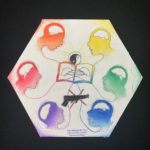
Blog Post from Beth Burkhauser and the Interdependence Hexagon Project
The Hexagon Project is an international visual arts initiative. Our mission is to spread the idea of Interdependence through student- and community-created hexagons. The hexagon is the metaphor for interconnectedness and, since our founding in 2016, over 10,000 artworks have been made worldwide. We are launching our 2020 project in October, our 14th year!. Themes of social justice, peace, global citizenship, cultural diversity, identity, and environment are expressed through the power of the arts.
Our 2019 Theme was Transforming Conflict and our Eastern Regional Exhibition [PA, NY, NJ, DE, MA CT] opens in Scranton, PA on September 6 and runs through the month.
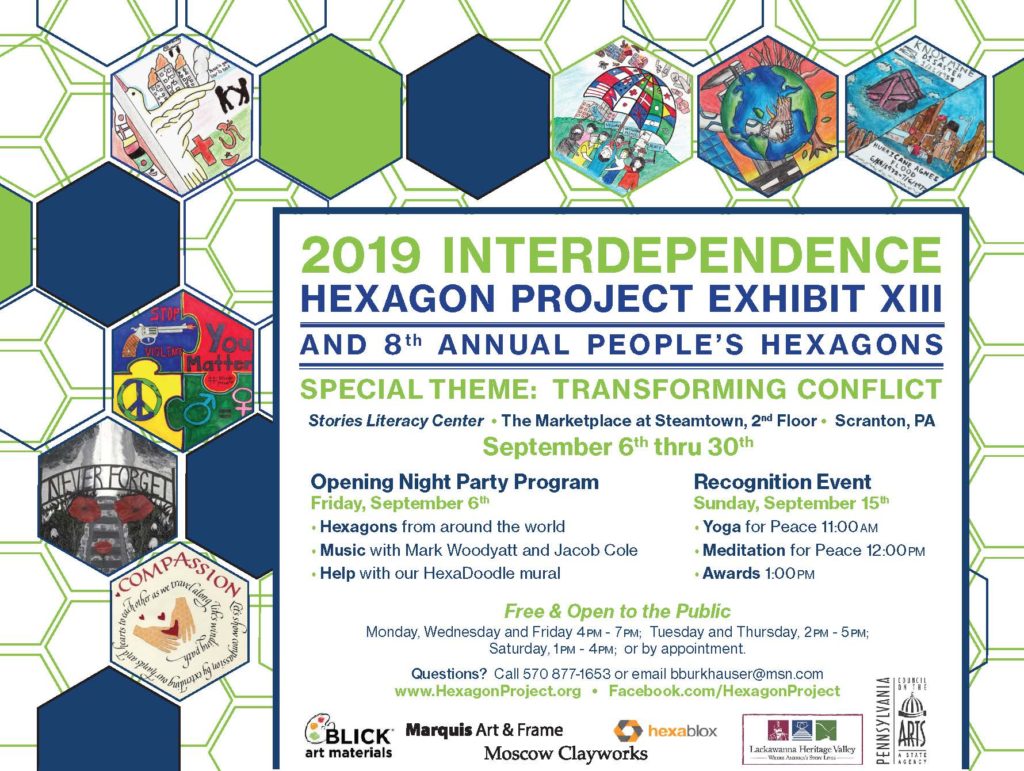
The Project is free, WEBSITE [www.hexagonproject.org] offers free resources, templates, lesson and unit plans, worksheets, video, and PowerPoints to introduce the Project. Open to all ages, all media, ripe for strategies such as Choice, Integrated Curriculum, TAB and 21st Century skills, align with Next Gen Arts Standards. Teachers join and then upload artworks. 2020 DEADLINE: June 30, 2020.
NEW: we have a searchable Online Gallery where all hexagons can be viewed and a Blog-space which will feature global teachers’ stories about how, why and where hexagons are made plus opportunities to connect with others.
WANTED: participants for our 2020 Project and 2020 Project SPECIAL THEME: DIVERSITY. Brainstorm ways to think diversity! Could we today see the challenges of inclusion and acceptance of difference as the challenge of a process of transformation? Fertile ground for a shift of mindset with the infusion of new ideas attitudes and focus that results in outcomes that can transform our future on this planet.
OR…
Perhaps consider DIVERSITY as a self-selected problem-solving design thinking process that resembles an alchemical transformation – as in the medieval attempts to convert base metals into gold.
Fertile ground for a shift of mindset with the infusion of new ideas attitudes and focus that results in outcomes that can transform our future on this planet. Students envision this process using hexagons and share it with the world…
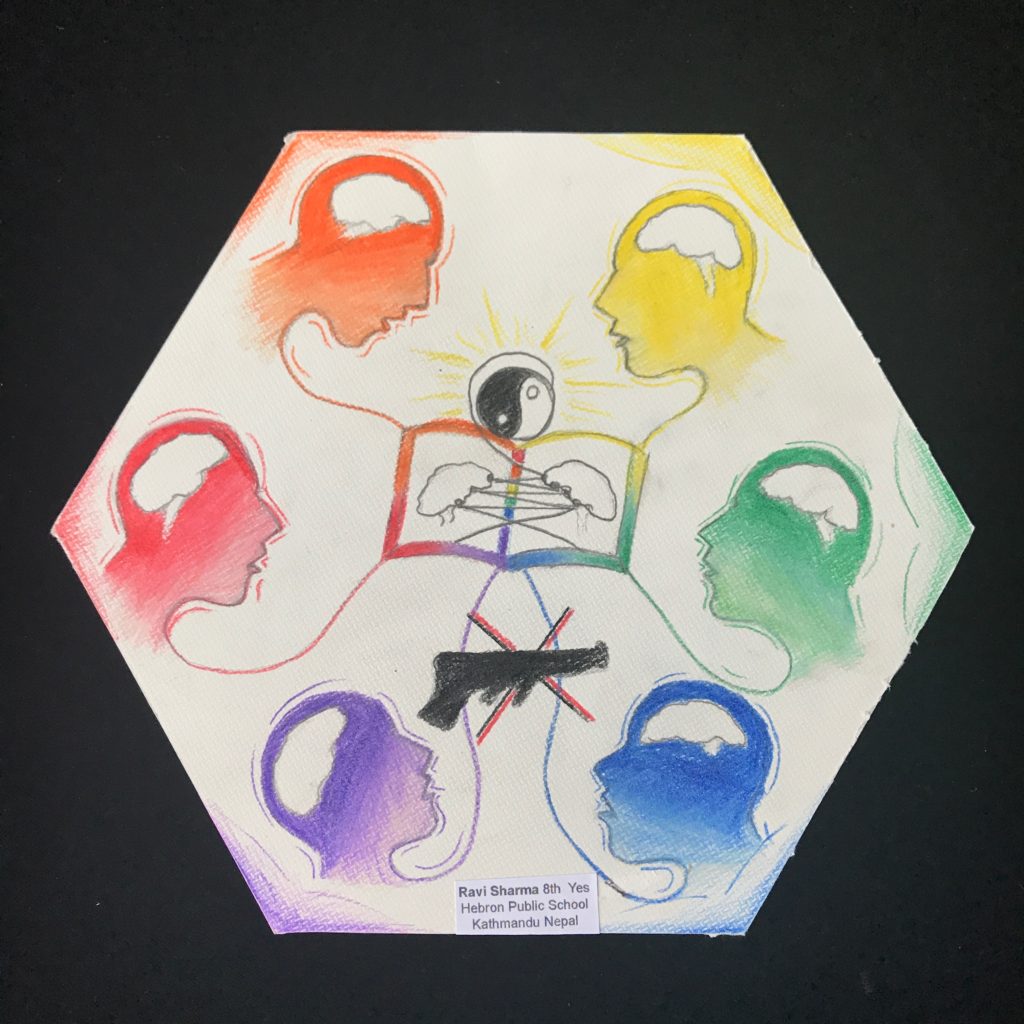
DIVERSITY can also refer to diverse learning styles, cultural diversity of art, music, dance, food, etc, Fusion. Bio-Diversity of plant and animal life as well as human and technological diversity – using the multitude of available and developing tools for good.
Here are some resources for you:
https://www.tolerance.org/topics/race-ethnicity
Resources about living in a diverse world.
Some sections of resources on diversity from Vanderbilt University
Lastly: This Hexagon Flying Pencil came from Kingdom Kids International School, Nigeria [Olaniyi Sunday Olaniran, Art Teacher]! It is meant to travel and house hexagons! In 2019 it took a beautiful metaphorical journey from Nigeria to Howard Gardner School, Scranton [Melissa Cruise, Art Teacher] to Stephen Girard College, Philadelphia, PA [Christine Enedy, Art Teacher] and we are looking for other venues for 2020! Contact the author if interested.

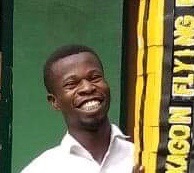
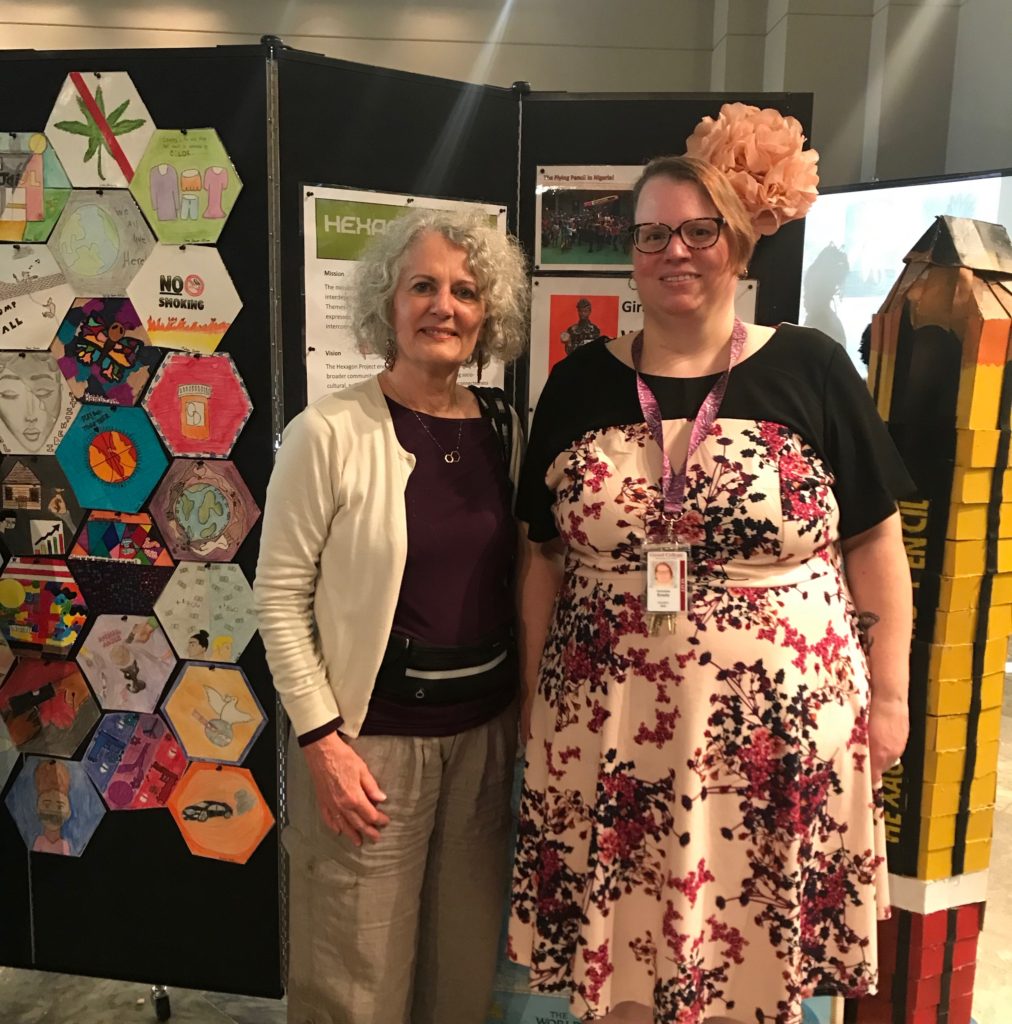
Beth Burkhauser is Adjunct Professor, Keystone College Art Education.
She is a 35-year veteran art educator in Pennsylvania Public Schools and
Founder of the non-profit, Interdependence Hexagon Project.
She was named 2016 NAEA Educator Emerita and is a
PAEA Fellow
Contact: www.hexagonproject.org
bburkhauser@msn.com
570 877-1653
Creating a Staff Mural & Building Morale
This blog post is contributed by Jes Noel. Jes
As art educators we create art with our students however have you ever considered creating art with your peers? And I am not talking fellow art teachers I am talking about the other educators in your building that DON’T teach art! Well, I am here to tell you it is possible!
This past 2018 – 2019 school year I created a staff mural with my fellow 70 educators, paraprofessionals, administration, secretaries and custodians. With the help of my building principal, we found time in six-morning meetings throughout the year to create our mural with was unveiled in April during our annual Celebrate the Arts Night. Our inspiration came from the street artist Kelsey Montague and her #WhatLiftsYouSchools movement.
First Morning Meeting:
I prepared a PowerPoint to explain to staff what our initiative for the year exactly was. Our Goal: create a staff mural to gift to our students in April inspired by Montague’s wings which also tied into our new social media initiative. #ironkidssoar
Second Morning Meeting:
Staff painted two pieces of paper with acrylic paint which would ultimately be turned into 4 feathers per staff member. Staff was limited to red, orange, yellow, blue, green or purple paint.
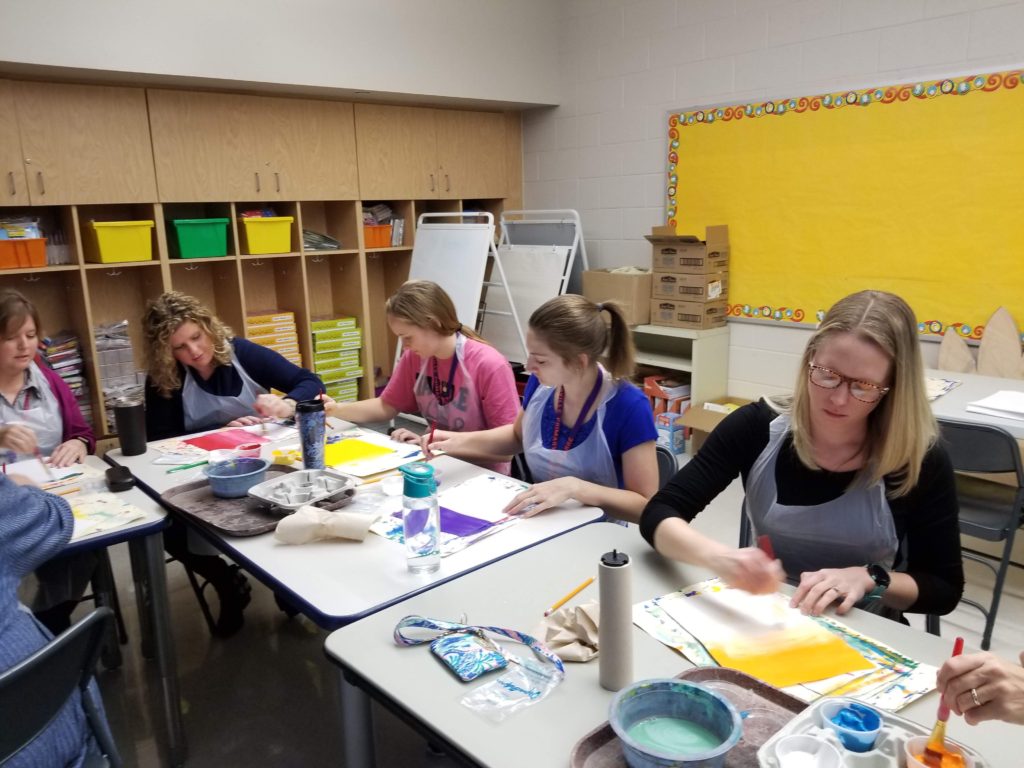
Third Morning Meeting:
Staff were introduced to the Zentangle Method and practiced Zentangle on a 3×3 square.
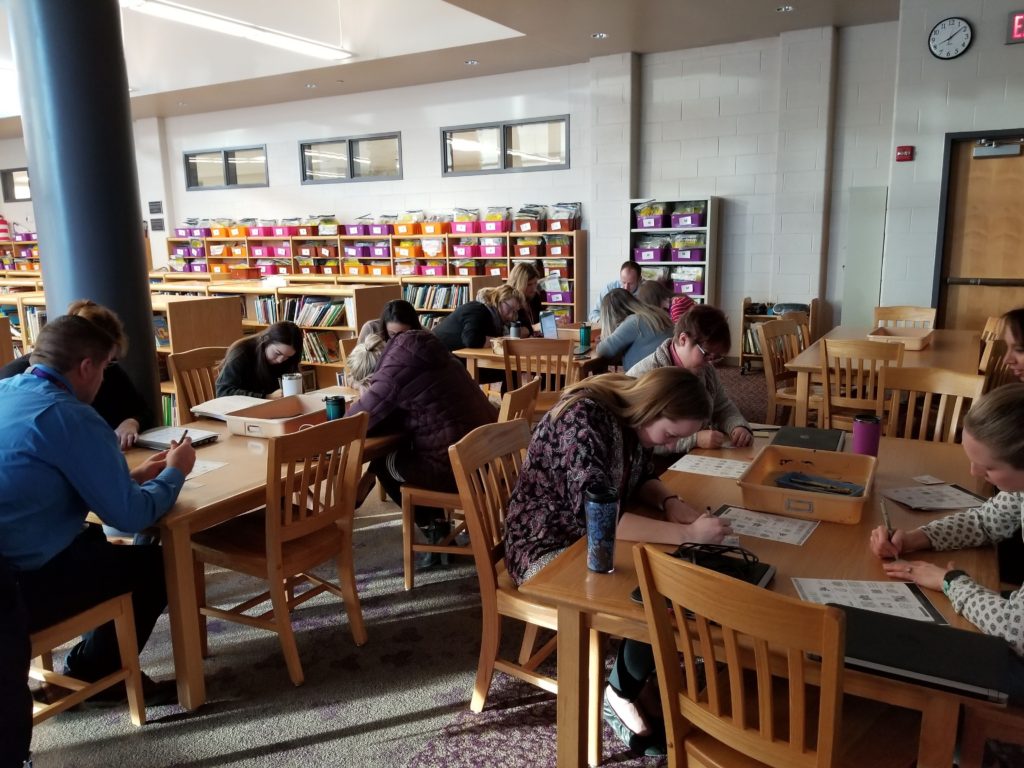
Fourth Through Sixth Morning Meeting:
Staff Zentangled two of their four feathers for the mural. Feather stencils were provided for continuity along with multiple handouts and examples. The other two feathers remained blank.
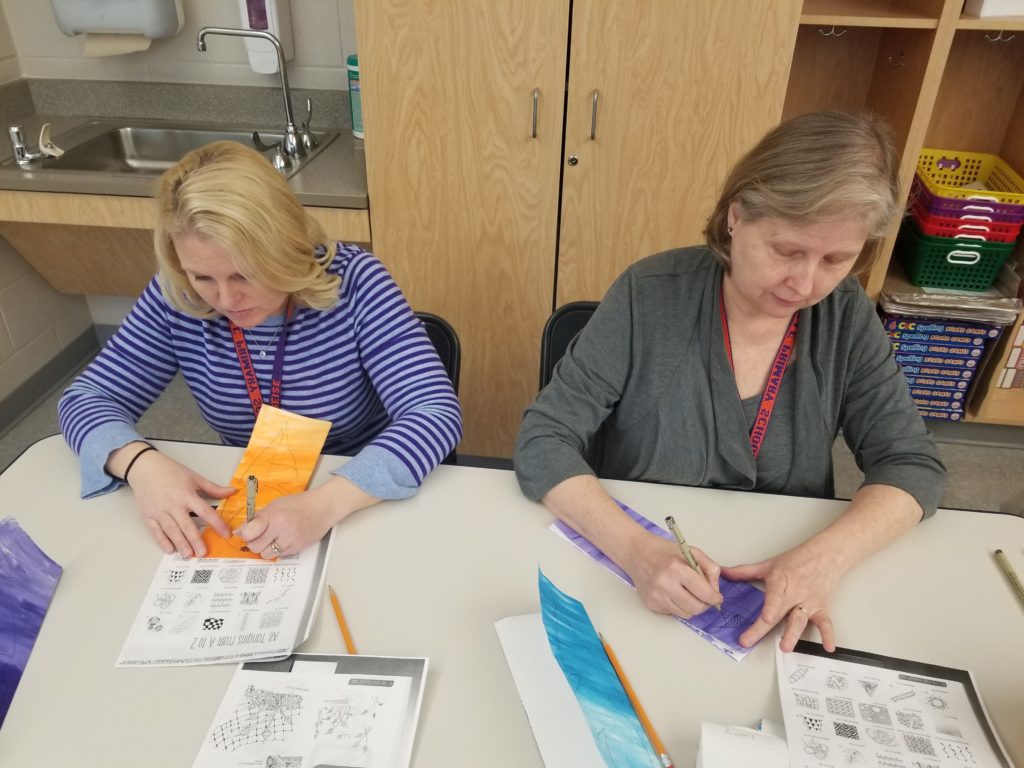
Upon completion of all the feathers after the sixth-morning meeting, I and a fellow first-grade teacher began the process of laying and gluing all 280+ feathers onto plywood that we had cut into the shape of wings.
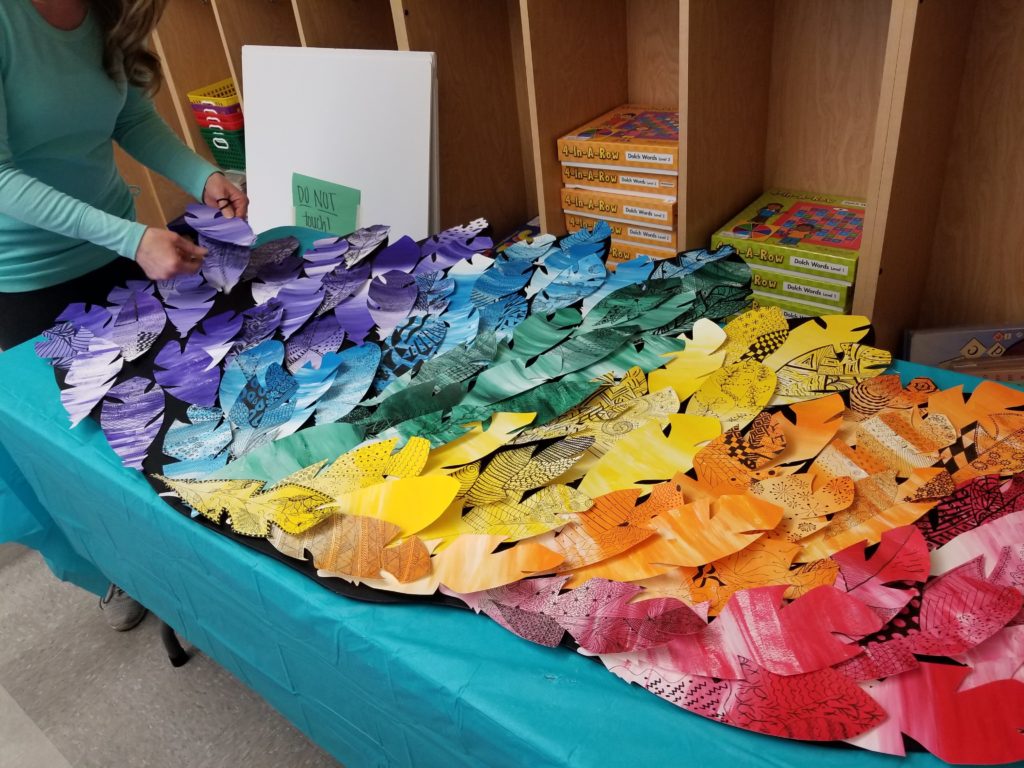
After many, many, MANY coats of Mod Podge, the wings were ready to hang! The staff had voted to entitle our group mural “At DPS, Our Dreams Take Flight.” With the help of our maintenance department, we hung our wings in the main hallway for prime viewing and interaction.
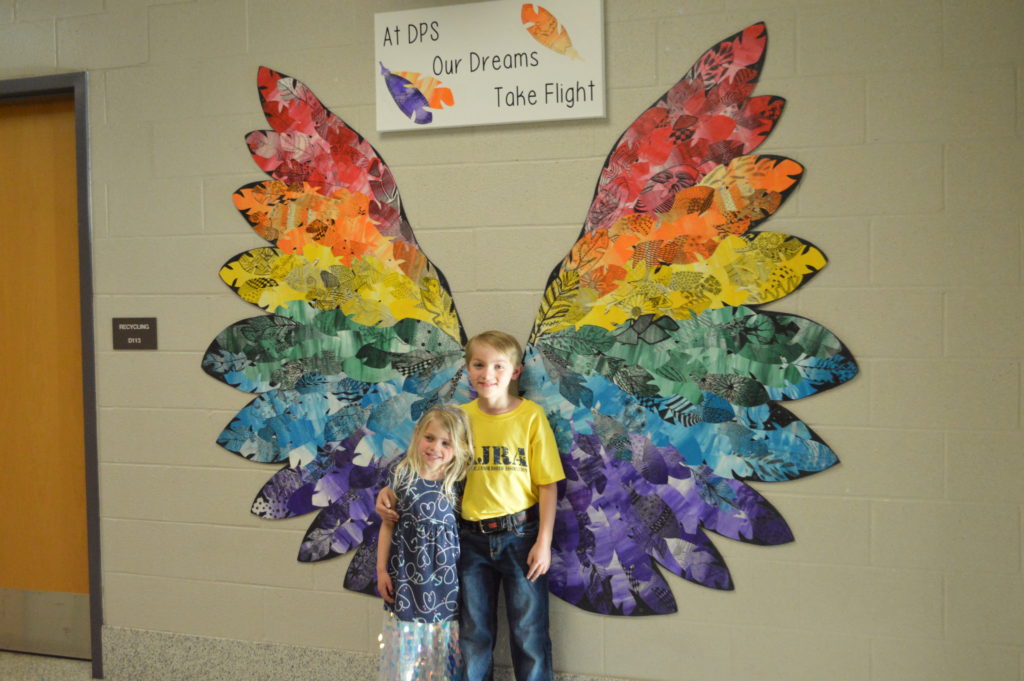
PA Arts and Culture Advocacy: Engaging Students in the Political Side of the Arts
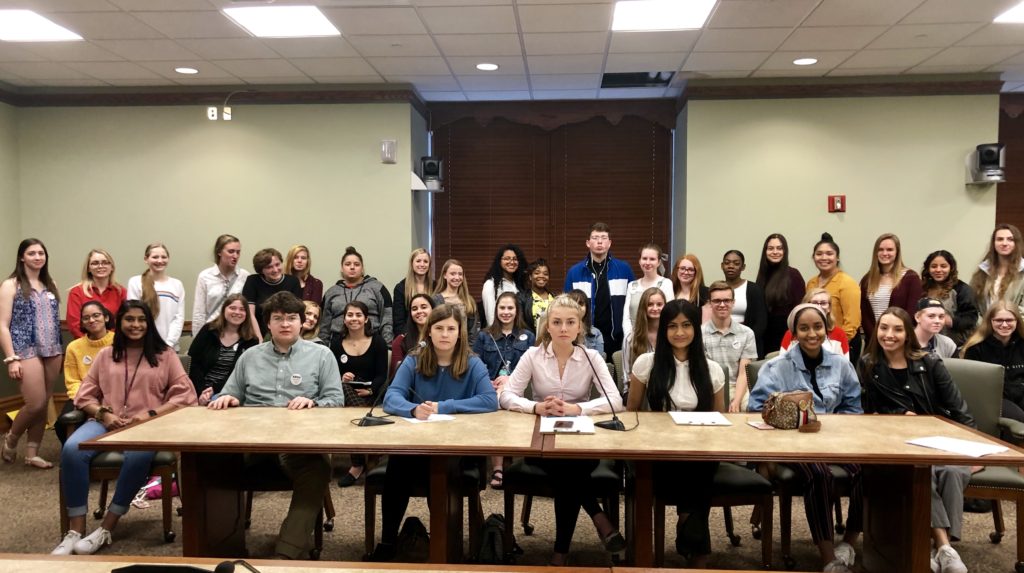
Post by PAEA board member Jessica Kirker
“I only need to pass my ‘important’/core subjects.”
“[Student] is going to have to miss art today because of discipline/make-up work/test prep.”
“I can’t expect [child] to do well in art, I can’t even draw a stick figure.”
“It must be fun/easy to teach a class that all students enjoy.”
“How can your really grade art? Art can just be whatever you want, right?”
I am certain, beyond a doubt, that I have the best job in the world. If you are reading this blog, you probably do to! We, as art teachers, have so much to be grateful for. We have the privilege of enlivening the creative spirits of those whom we teach. Art teachers can foster a means to communicate beyond what a student expects or imagines of themselves. We can open eyes, heads, and hearts to media and methods that our students didn’t know existed. We get the chance to re-experience the joys, excitement, and apprehension of these materials and tools for the first time over and over through our students. While students transition through grades and classroom teachers, we get to stay with students for years and have the chance to build meaningful and lasting relationships.
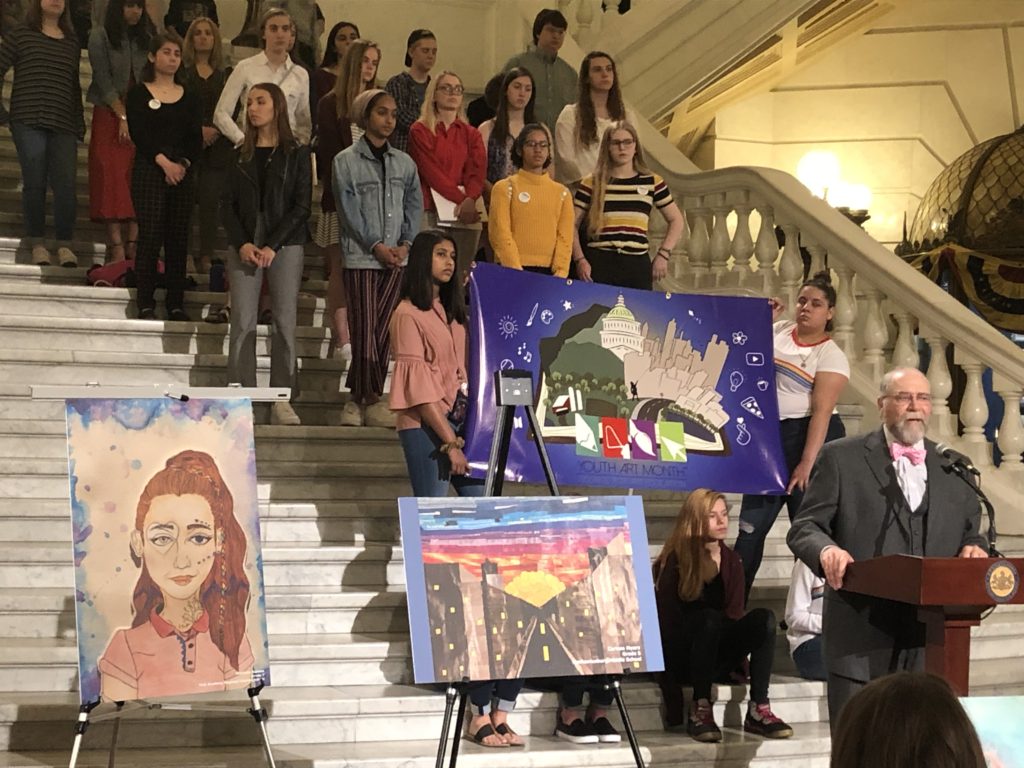
However, some times, (ok, many times) we have to grit our teeth to the misnomers that come from a lack of understanding about what we do, and most importantly, why we do it. The readers of this blog know that we are not the educators of fluff, fun time, brain breaks, hobby hour, extra recess, or easy ‘A’s’. Sometimes these misnomers are cruelly condescending and other times they are ignorantly based on affectionate nostalgia. Whatever the reason, these perspectives are damaging to the future of art education for all students and we can not allow them to continue.
NAEA and PAEA both provide strong support for art education advocacy. (Have you checked out their websites lately? NAEA: https://www.arteducators.org/advocacy PAEA: https://paeablog.org/blog/.) NAEA offers a multitude of materials to assist art educators in preparing to advocate to school, community, and legislative audiences. These well-articulated resource guides plainly and effectively describe the importance of art education for all students and are easy to be shared with educational community stakeholders.
I am proud to report that this year some members of the PAEA Secondary Division incorporated high school students into their advocacy plans for PA Art Education by bringing approximately 50 high school students together for Pennsylvania Arts and Culture Advocacy Day in Harrisburg on May 1. This event was sponsored by The Citizens for the Arts in PA and exposed students to the political side of the arts while showing our legislators the importance of art education on a very tangible and personal level. The art teachers from Norristown Area HS, Garnet Valley HS, Cumberland Valley HS, Conrad Weiser HS, and South Western HS each brought between 5 and 15 students to participate in the day’s events. The majority of these students were members of their school’s National Art Honor Society Chapter.

The day began with an Arts Caucus breakfast followed by a press conference in the Capitol Rotunda. During this time, some high school art students proudly displayed the PAEA 2019 Advocacy Flag in the backdrop for the speakers. Easels of PAEA Youth Art Month surrounded the podium and Rotunda stairs, attracting the attention of those that passed by. Meanwhile, other art students grabbed their pencils/pens/markers/charcoal and began drawing the architectural landscape of the building as observers got the opportunity to see our talented students at work. These working artists put the process of their craft in the limelight to the capital audience.
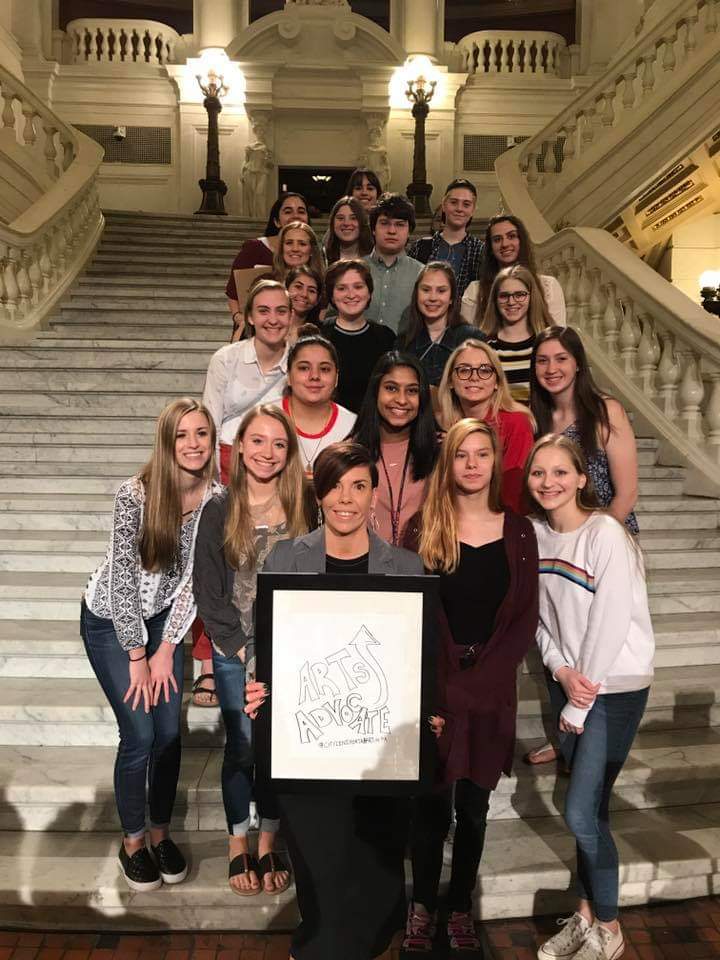
After the press conference, some students took part in tours while others continued drawing exercises or moved on to legislative meetings. Jenny Hershour of Citizens for the Arts in PA coordinated the meetings between participating schools and local legislators so that they could engage in conversations about the importance of arts education from the perspective of those whom are directly served. This gave the students the chance to speak from the heart about their passions, inspirations, educational experiences, and hopes for the future of art education.
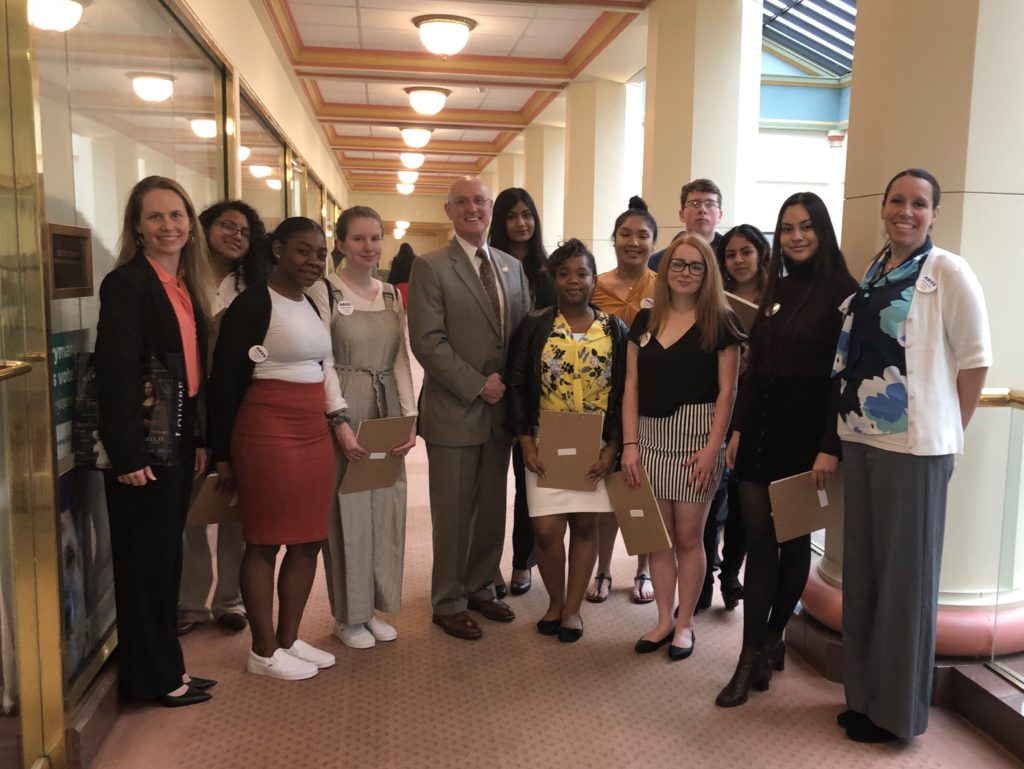
All students attending had the chance to get together over lunch where they were assigned to tables with youth from other schools. Uncomfortable at first (as you can expect of any high schooler), the tables transitioned from shy nerves to lively chatter and laughter by the end of the afternoon. With the conclusion of
Not only did the students get the chance to have their voices heard and create visibility for the visual arts during this event, I believe the most impactful outcome of the day was the effect that this even had on our students. Many high school art students are familiar with the misnomers surrounding art classes. By the time they have reached high school or advance level classes, there has been some tough choices to be considered. Do I take another year of language or try for AP studio? Do I need another math class or can I take Art II? Will it affect my GPA if I take non-weighted art classes? Do I want a career in art? Whatever their reason, these students have chose the path of including visual art into their educational path, and they might have had to defend this choice to peers, teachers, or family members. Are they prepared to successfully articulate their position? We, as members of PAEA/NAEA have been prepped for these conversations, but what about our students?
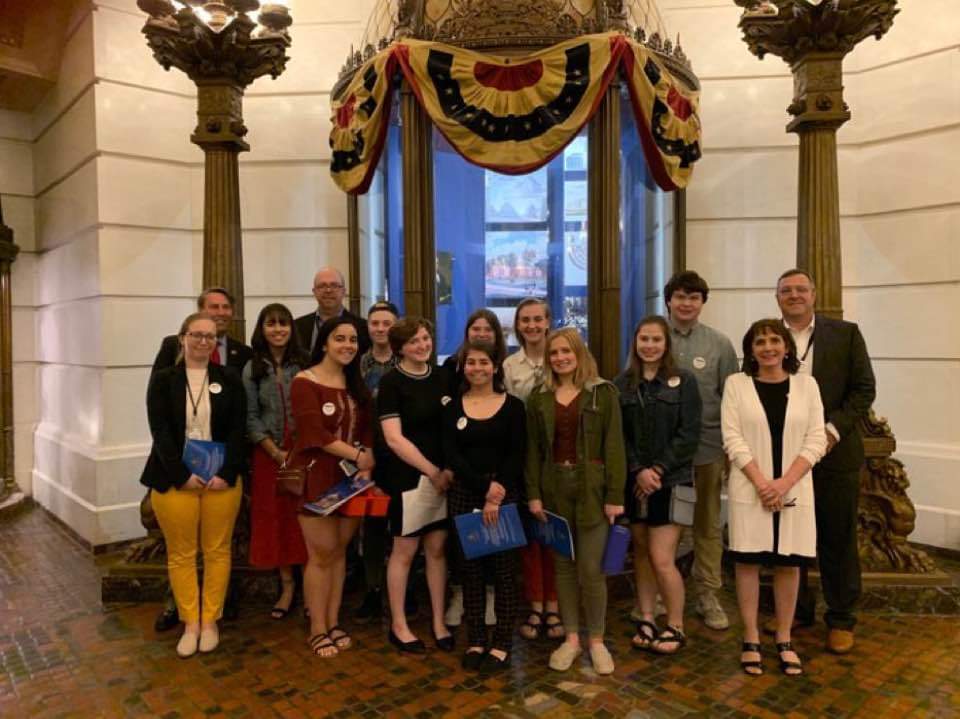
If a student is going to join the art world as full-time or part-time professional artist or art educator, patron of the arts, or supporter of the arts, s/he are members of an arts community that does not exist in the solitude of his/her own space. We teach our students that art is social, political, emotional, and environmental. Therefore, engaging the arts world is also a socio-political activity. If we teach students how to make art, talk about art, analyse art, and write about art, then we also need to consider it our duty to teach our students to be citizens for the arts.
There is evidence to support the notion that regular exposure to art classes enhances proficiency in math and reading. Can we look to sociology to enhance our understanding of art or government/social studies classes to enhance our roles (or our students’ roles) as art advocates? It is not rare for my high school art students to believe that their passion for art is not entwined with politics, but that is far from accurate. I often remind them that that every class, every dollar spent on classroom materials, and the mere availability of the classroom/space/instruction is a product of a local/state/federal legislative decision.
By the time a student reaches an advanced level high school art class, they should become aware that art class is not a privilege for a few, but a right to all as per ESSA. They should also be aware of the local and national legislative trends regarding arts in education. If they are going to become engaged in the art world as a youth and adult, they have to understand the role of free and adequate public arts education to sustain the future of arts in their community, state, and country. Students also need to understand their role as a voting citizen, a voice for their community, and an advocate for their own passions.

Participation in PA Arts and Culture Advocacy Day not only put a visual presence of visual arts education at work, but it gave students a chance to witness the democratic process and what it means to be an advocate for their cause. I encourage all PAEA/NAEA members to continue their advocacy efforts in their school, community, state, and national forums. I also encourage you to invite your students, parents, and colleagues to act as advocates for art education. If we fail to address the political nature of arts funding, access, and education, then we fail to educate the complete picture of the artworld in the 21st century.
Jessica Kirker, PhD is the PAEA Secondary Division Director. She teaches art at Norristown Area High School and is an Adjunct Professor of Art Education and Community Arts Practices at Temple University Tyler School of Art.
“Make It Work, Artists!” : Mini Design Challenges for the Art Room
Sunnylee Mowery, PAEA Secretary and art teacher extraordinaire at Greenfield Elementary in Philadelphia, shares her ideas on using mini “Design Challenges” to encourage collaboration and increase spontaneity between traditional lessons. Great for half days and early dismissals! Sunny shares with members her experience and provides readers with a few easy, no mess, minimal prep ideas.
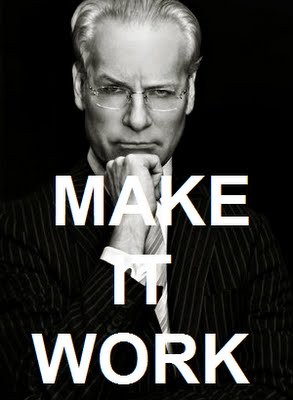
The digital clock counts down! Sweat drips for the contestants’ foreheads! Expert judges lined up at a table to offer cut-throat feedback! By this point we’re all familiar with reality competition TV shows and most recently, I’m sure you’ve noticed the evolving trend of our kids creating their own idiosyncratic challenges. Epically perfect water bottle flip onto table edge, anyone? In an effort to harness the energy behind our human desire to compete, I started implementing “Mini Design Challenges” into my art curriculum and my students have responded with rave reviews!
So what is it? A design challenge is a brief, yet intriguing art prompt that students work to complete as a team. Design challenges are great for encouraging collaboration and increasing spontaneity between traditional lessons. They are a great fit for all grade levels, and demonstrate that the work of an artist isn’t just about making a masterpiece with strong elements and principles.

What I love most is that the design challenge format flips the traditional art room modus operandi on it’s head. Instead of coming to art and embarking on a personal journey of completing project objectives, I design my challenges to get kids up out of their seat and collaborating. Disclaimer: A successful design challenge may result in a room that’s louder and messier than normal! It also requires a fair share of masking tape. But for most design challenges, all you need are some recycled materials which is great for ye old budget and a boatload of fun.
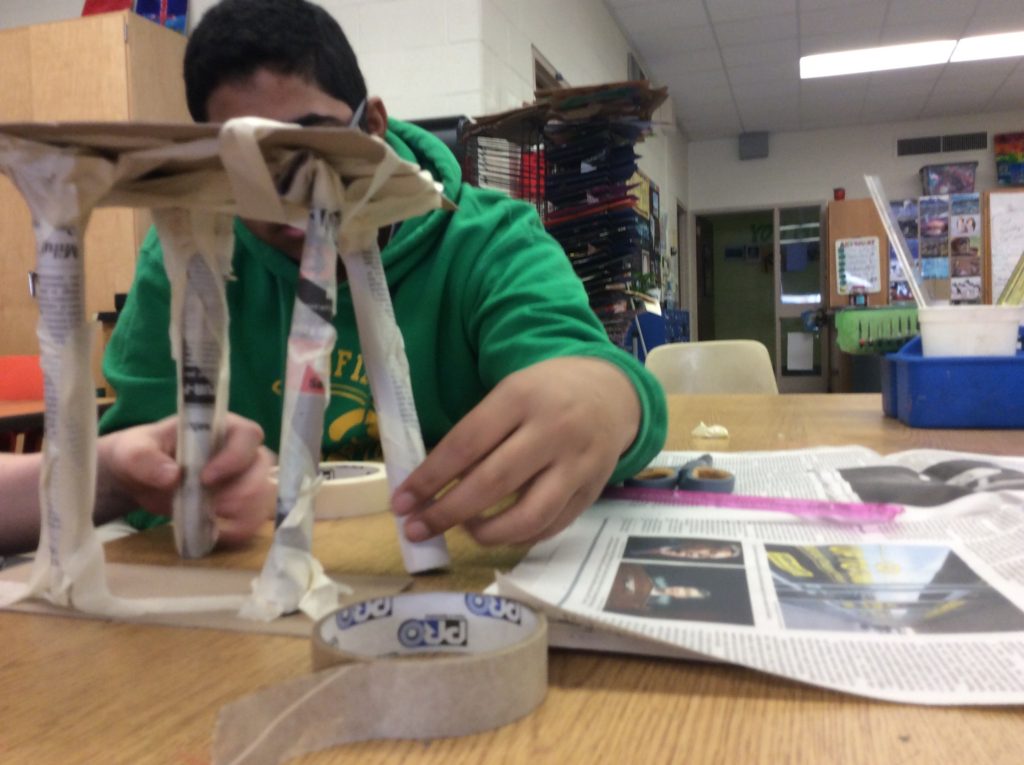
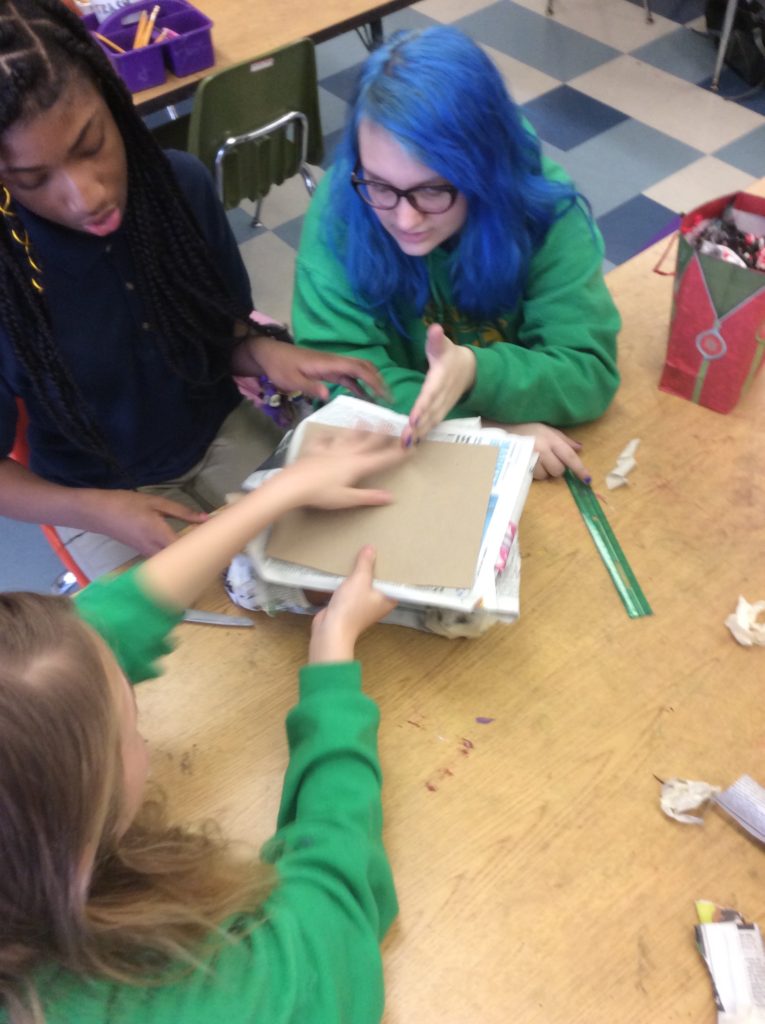
I try to announce the prompt, material guidelines, and rules in less than one minute (time is of the essence!) and I make sure to provide a visual of all the parameters on the board for those that have any questions. And then boom, it’s on your mark, get set, let’s go!
Below is a list to my go-to art design challenges:
· Build a shoe out of newspaper!
· Build a table out of recycled materials that can support the weight of a dictionary.
· Create a kinetic sculpture out of 20 blank index cards.
· Create the longest line you can using only three sheets of paper and tape.
· Create a hat you would wear if you were a style icon.
· Work as a team to use each material in the “Mystery Bag” at your table to create one, complete masterpiece!
· Marshmallow Spaghetti Challenge: Using only tape and 20 piece of spaghetti, build a sculpture that support the weight of a marshmallow.
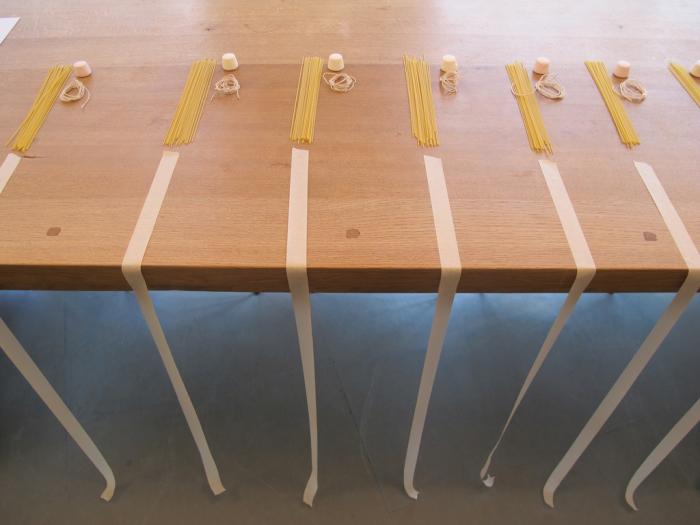
Kiddos usually get 20 minutes to complete each challenge. this chance to work as a team encourages peer to peer dialogue. Kids are forced to negotiate group troubleshooting and solve problems together on the spot. These kind of artistic endeavors help them build social skills in a low-stakes, fun oriented environment.
My favorite part of each day is the big reveal and the debrief! It’s important at the end of each design challenge to take a moment and let the students observe the way other teams solved the problem. There are so many gorgeous moments of delight and exclamations of reverie.
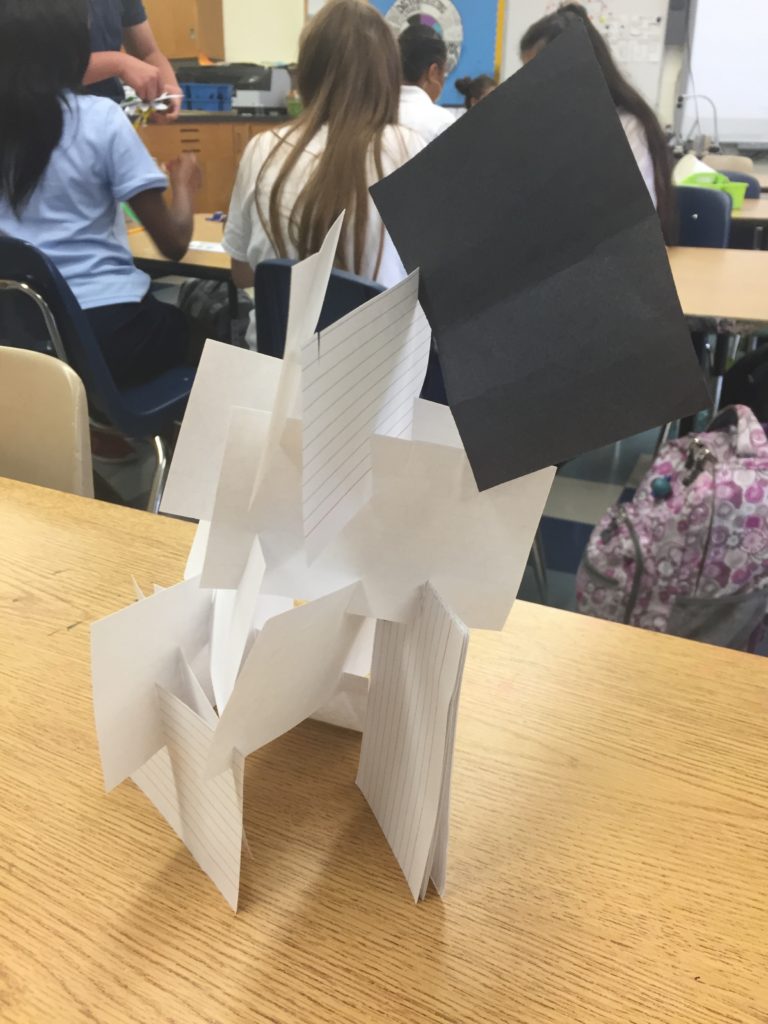
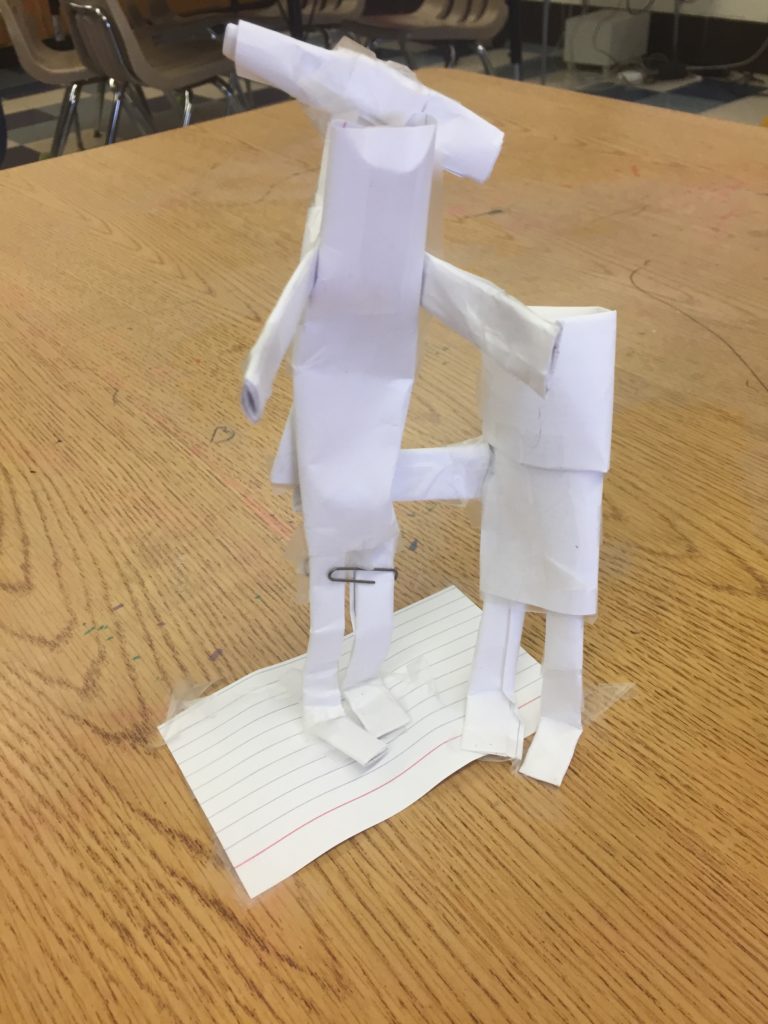
To prompt reflection-related dialogue, I usually wrap up with three simple questions:
· What was the easiest part of this challenge?
· What challenges did you encounter? How did you solve these?
· How did you break up the job with your teammates?
My students have come to expect four design team challenges each year. I like to throw them in on half days when classes are condensed to 30 minutes. I keep the stakes low, no one is voted off the island and no one is asked to pack their knives and go. Sometimes there are obvious “winners” and sometimes none of the teams complete the challenge prompt completely. Both results are okay. If I did a good job as a teacher, my students walk away knowing the joy of just engaging in the design process.


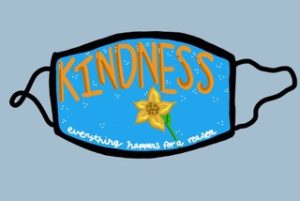
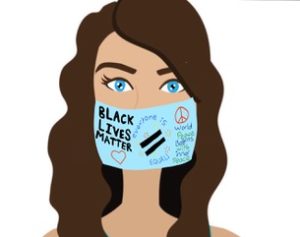

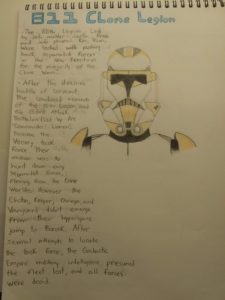
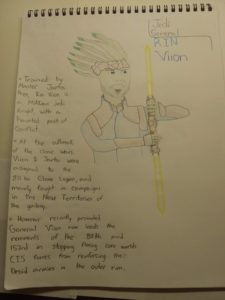
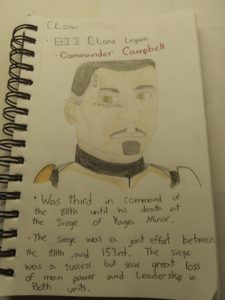
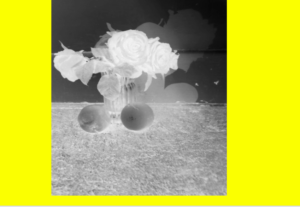

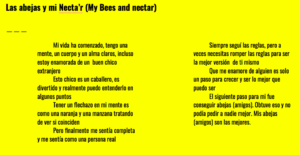
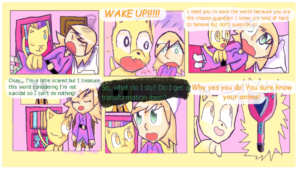
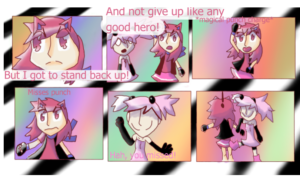
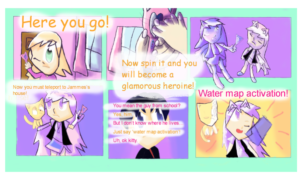
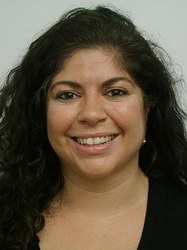
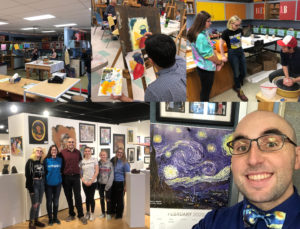
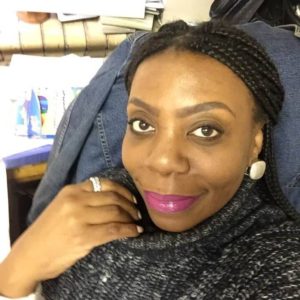


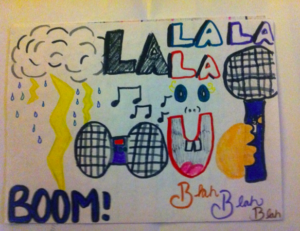
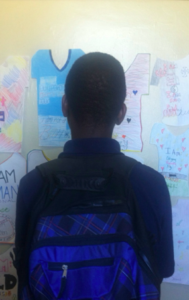 .
. 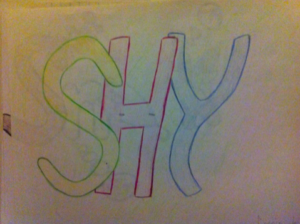
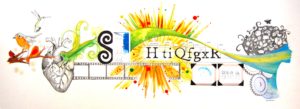
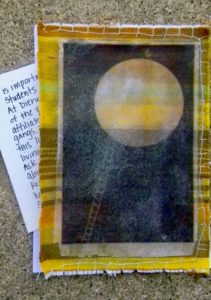
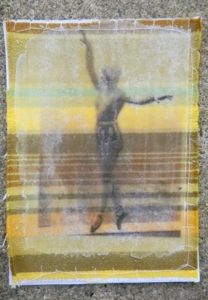
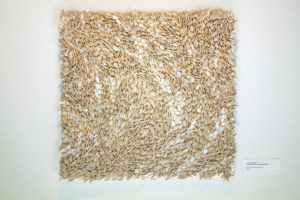

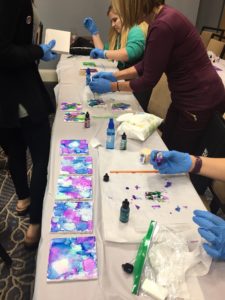


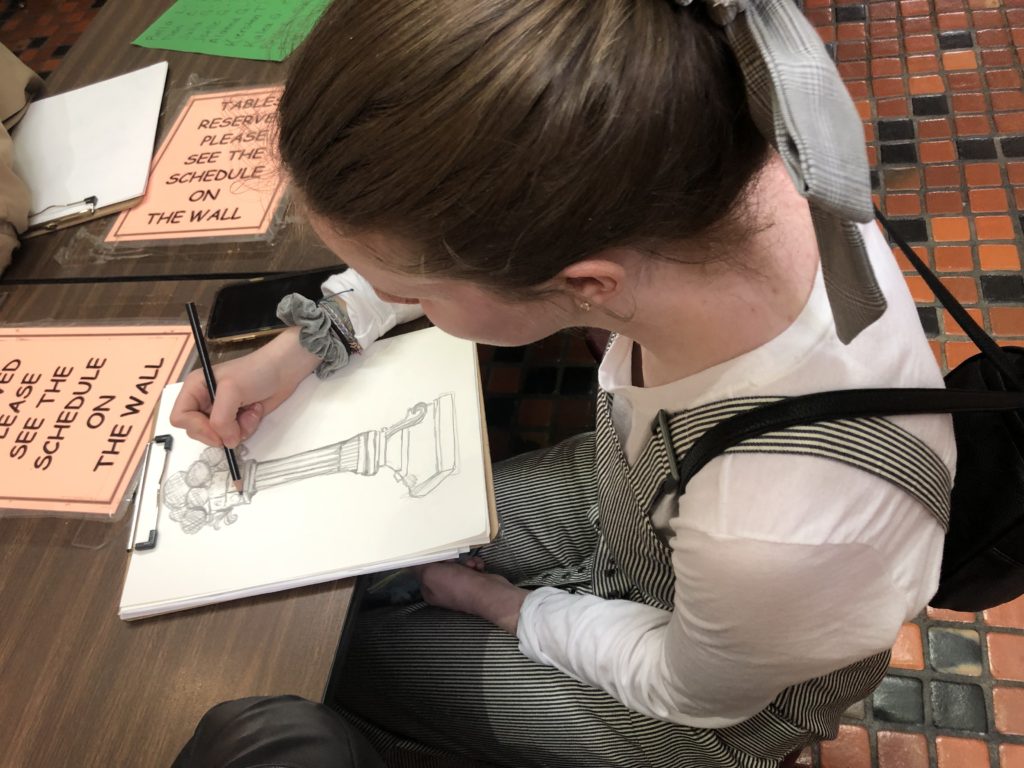
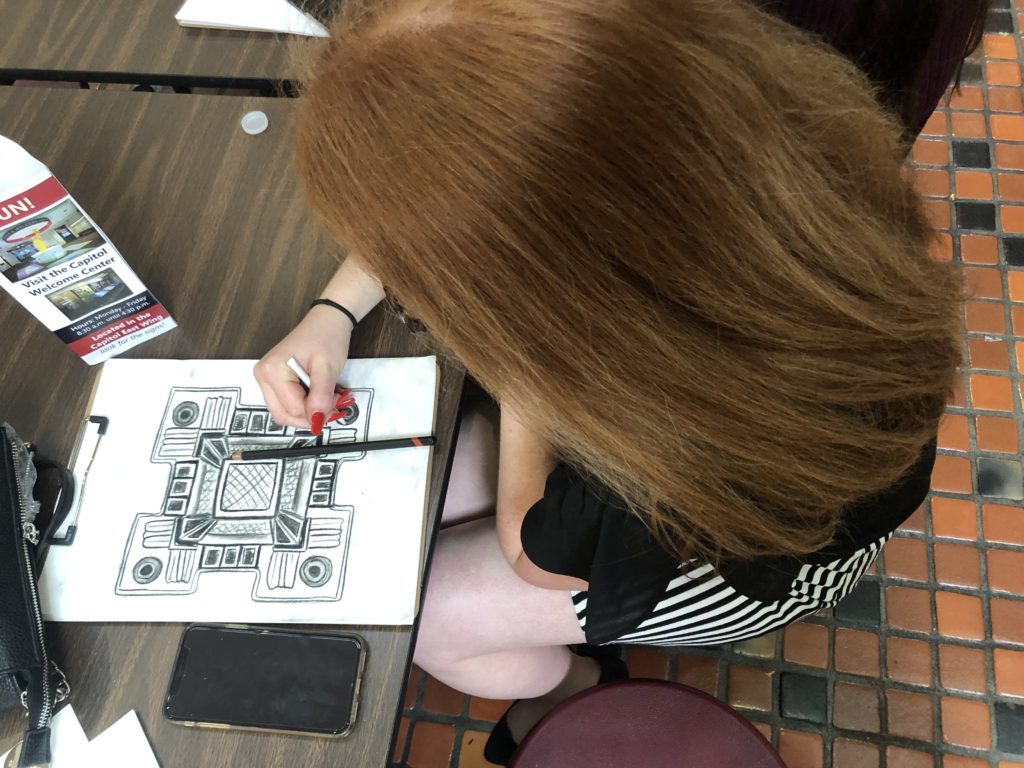
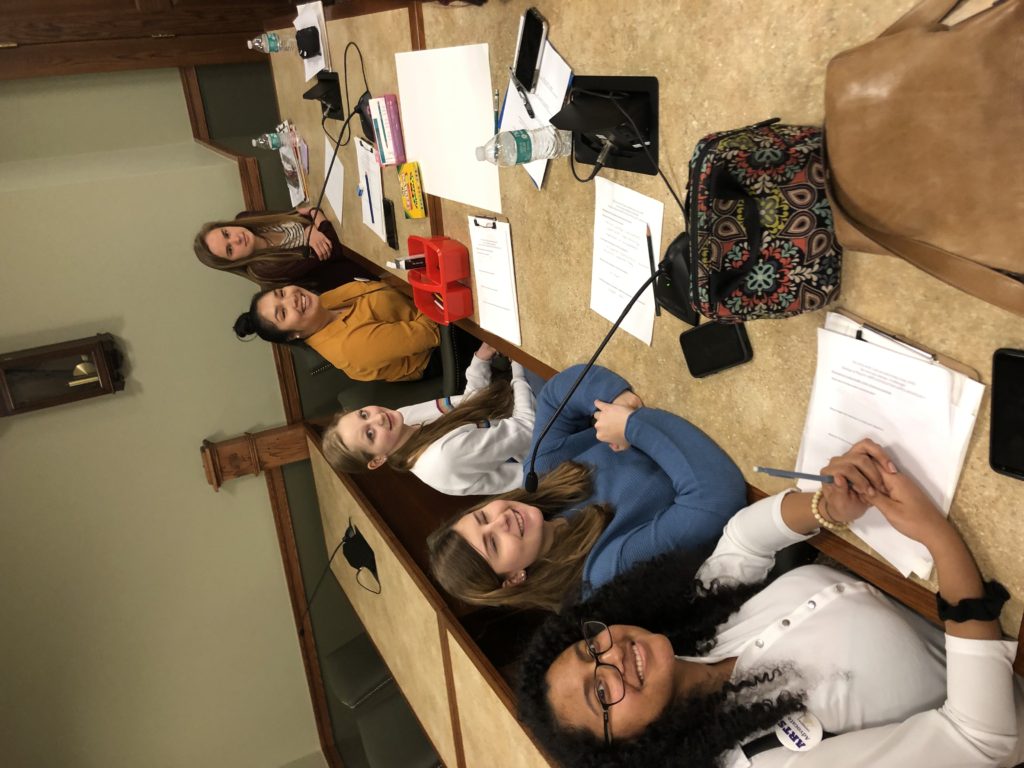
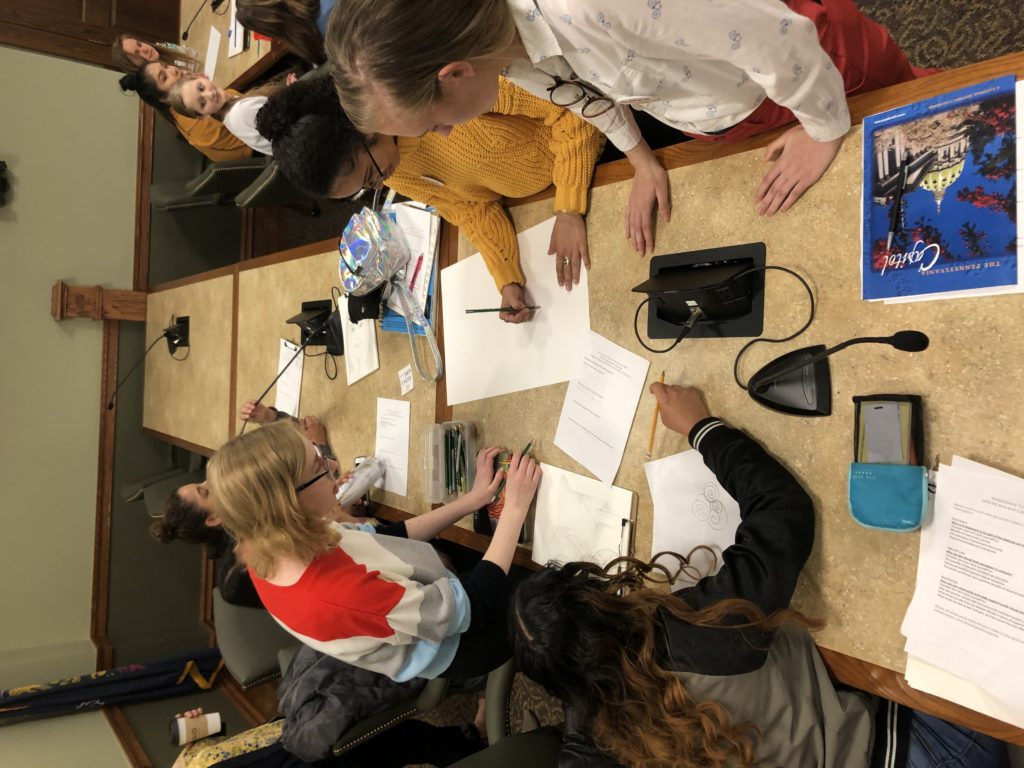
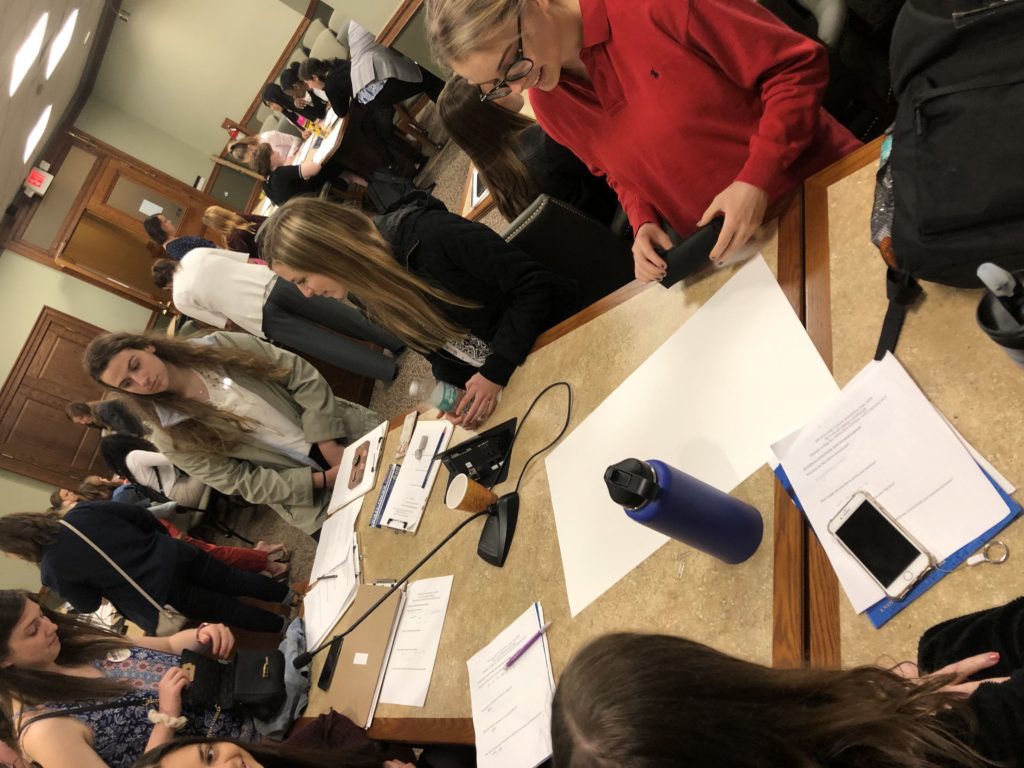
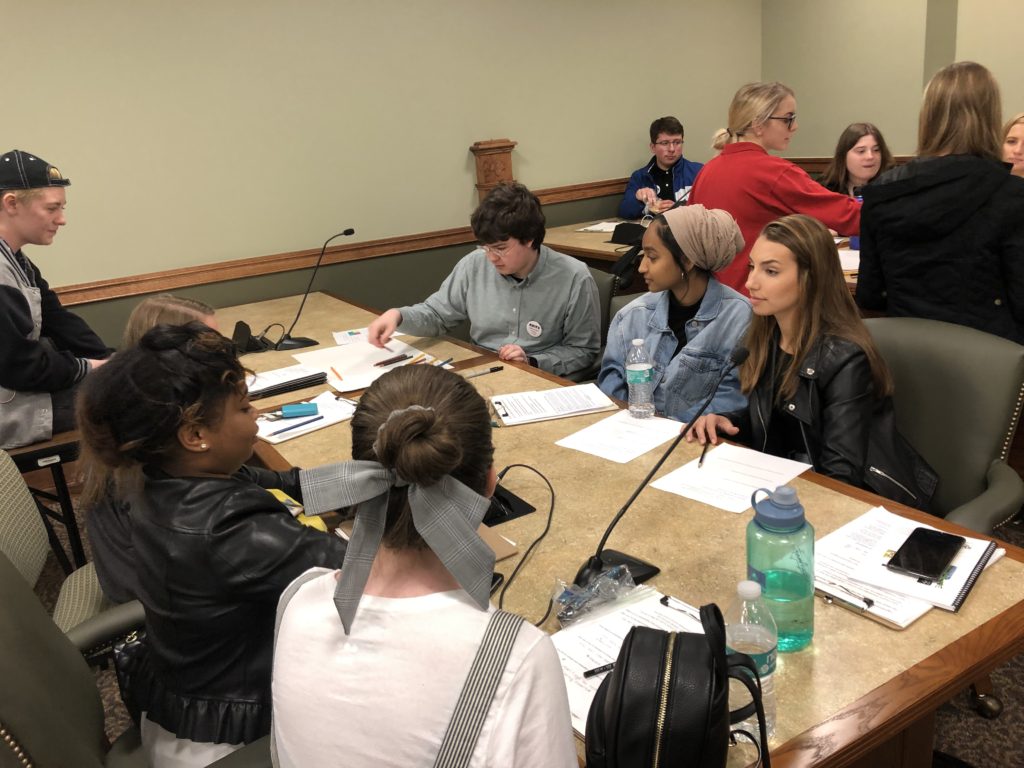
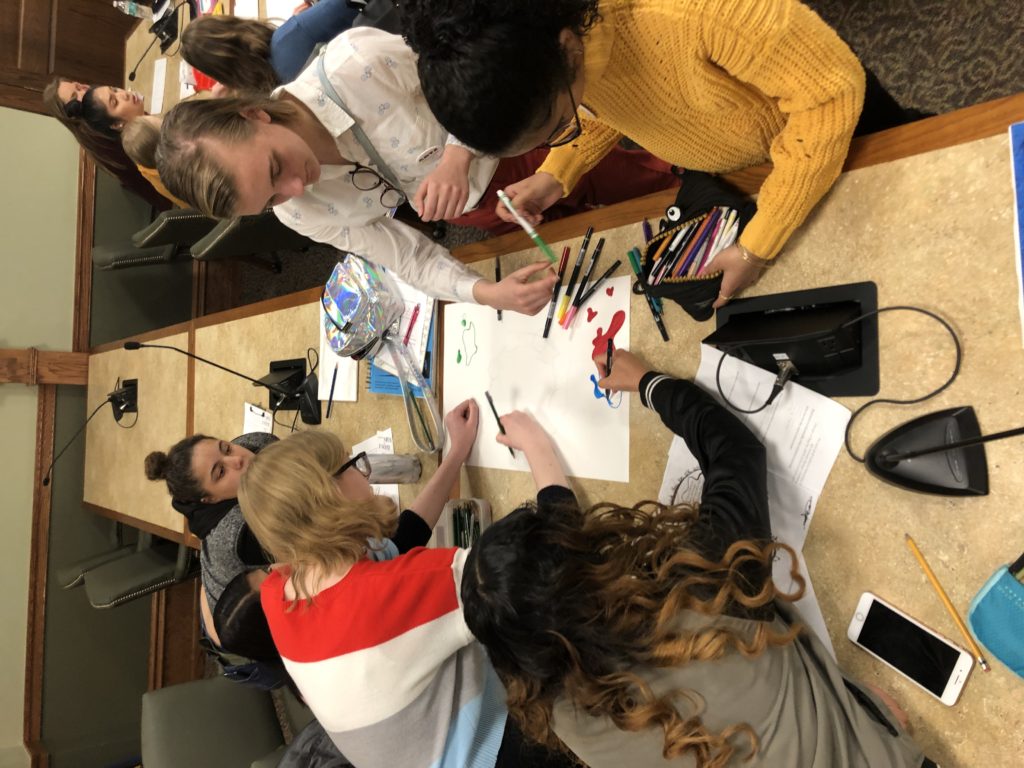

 D5 Creation
D5 Creation